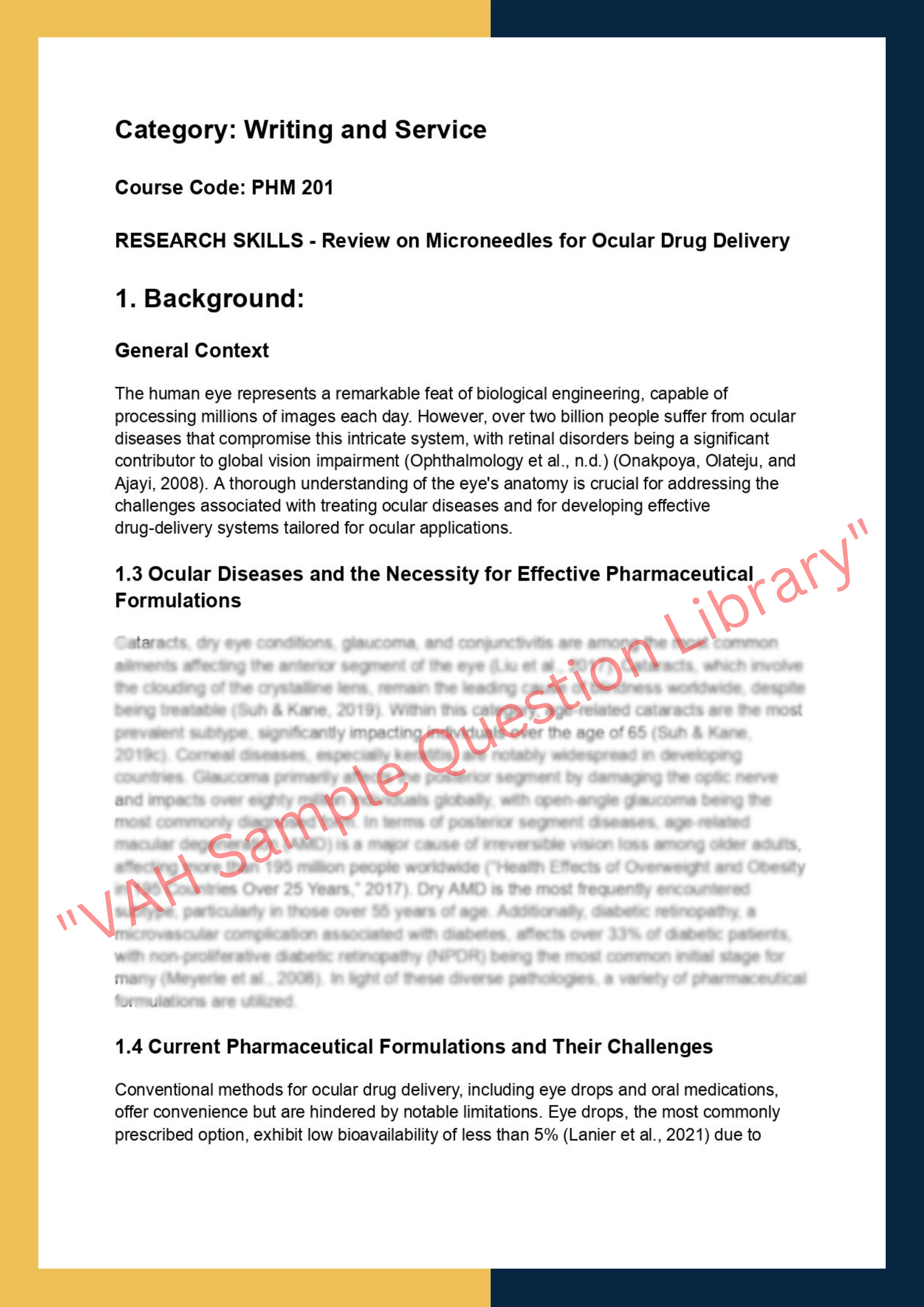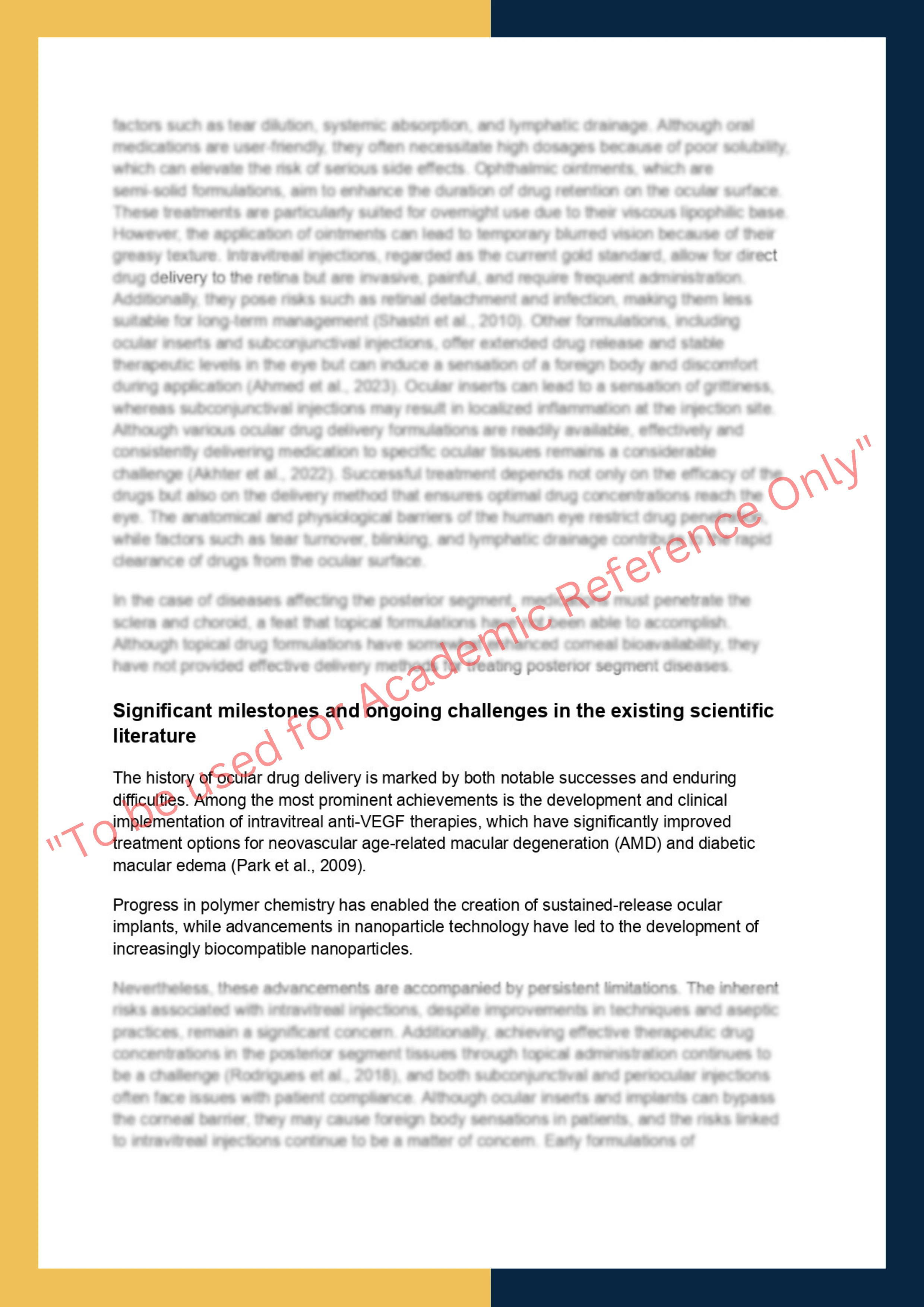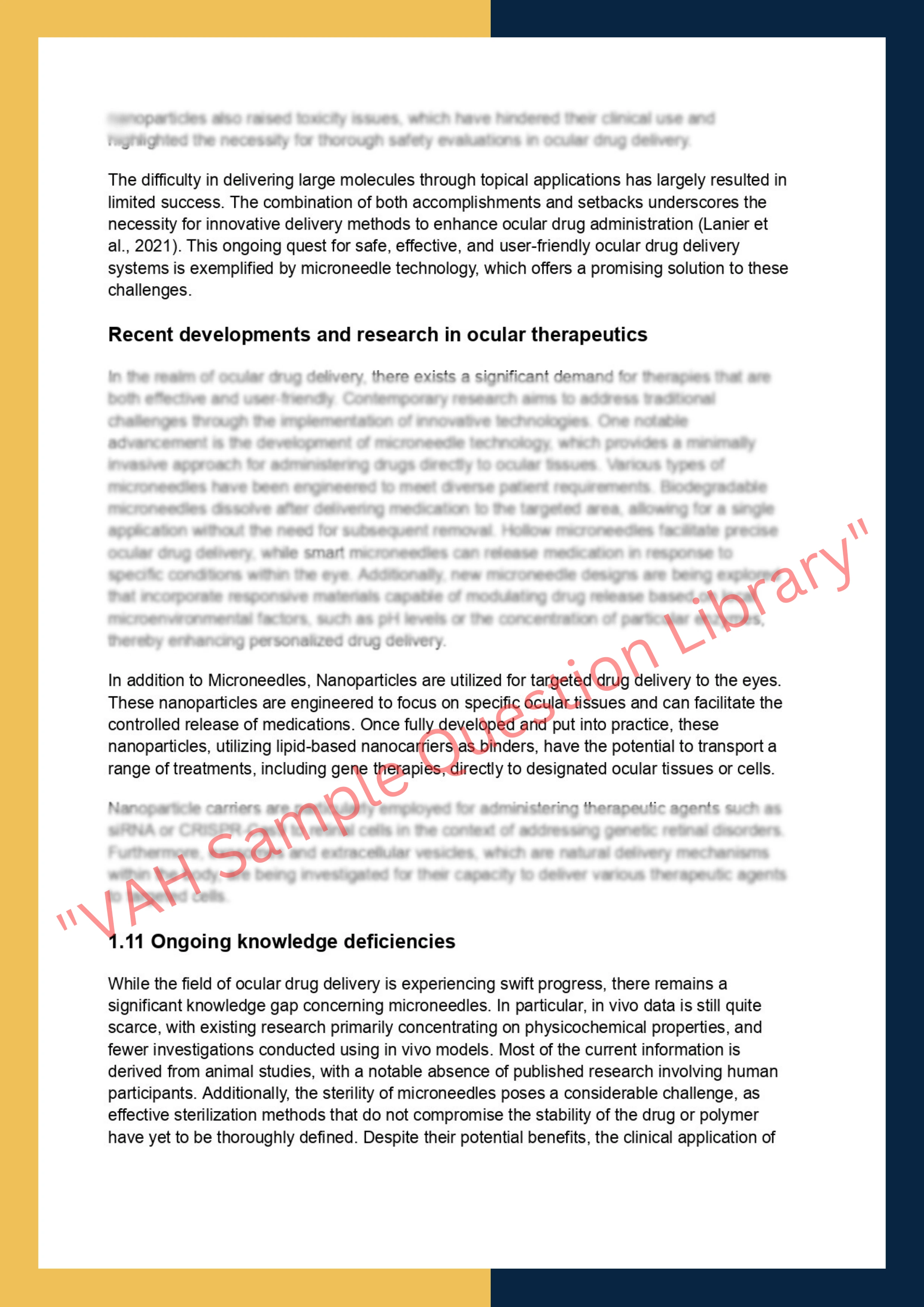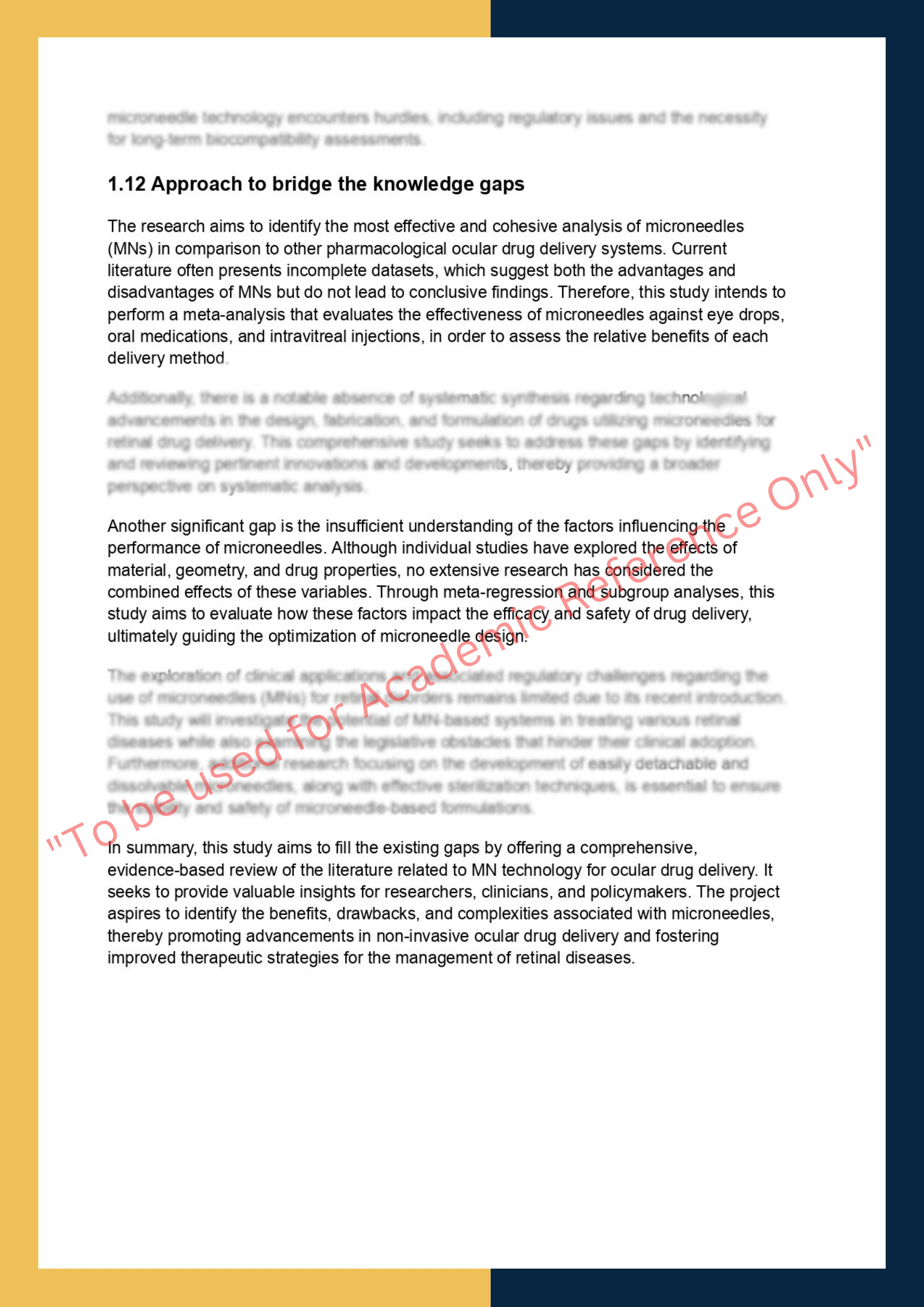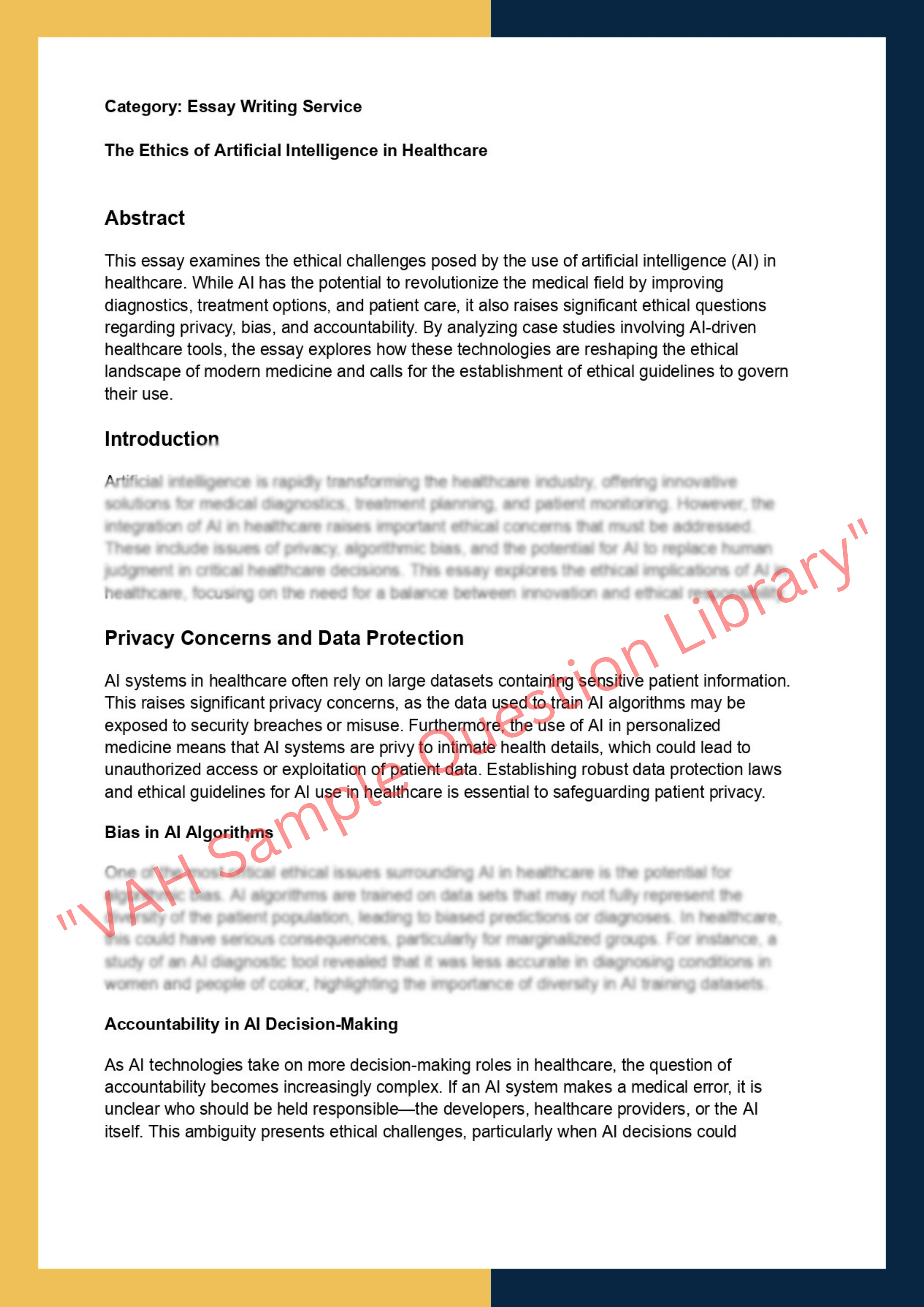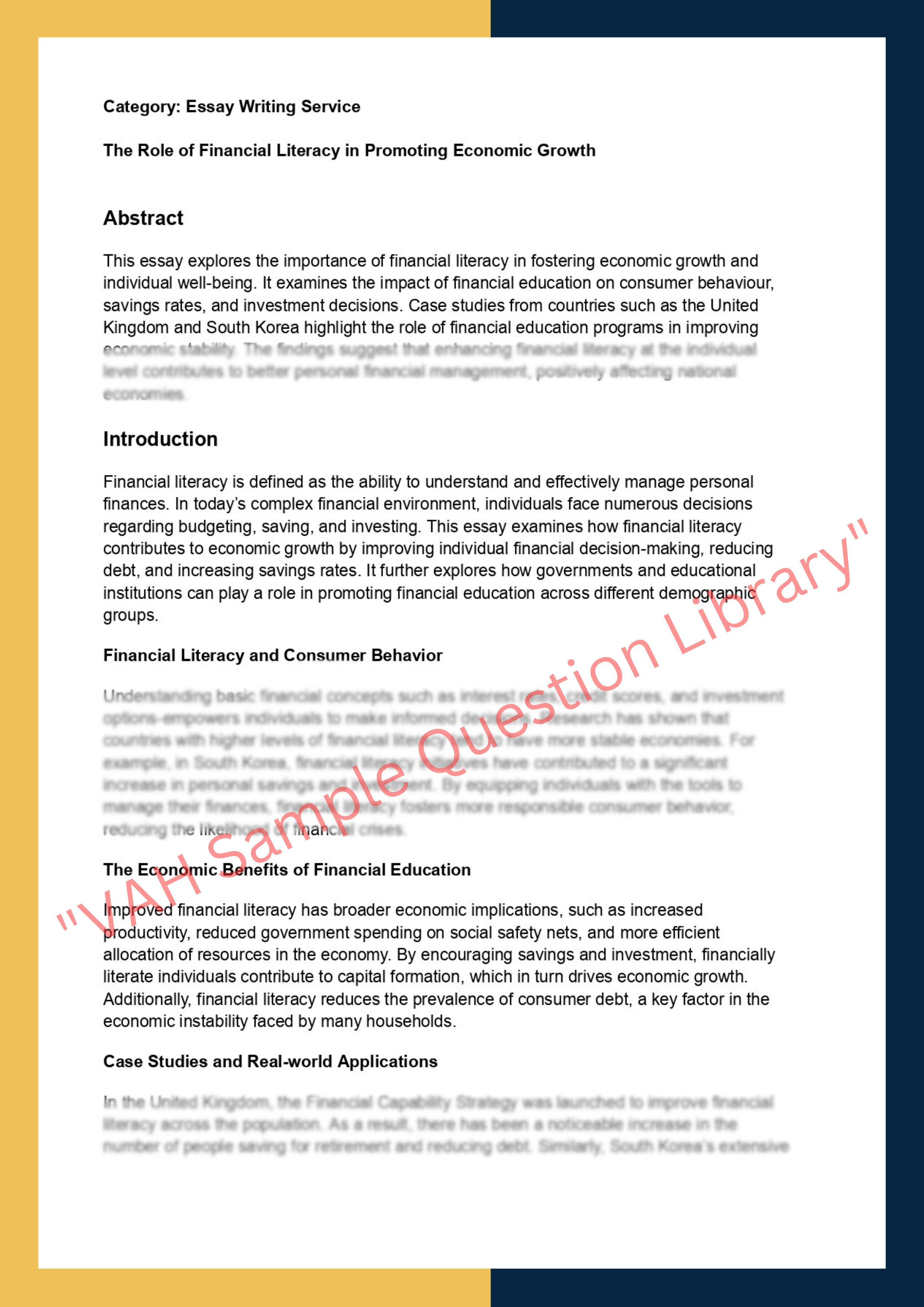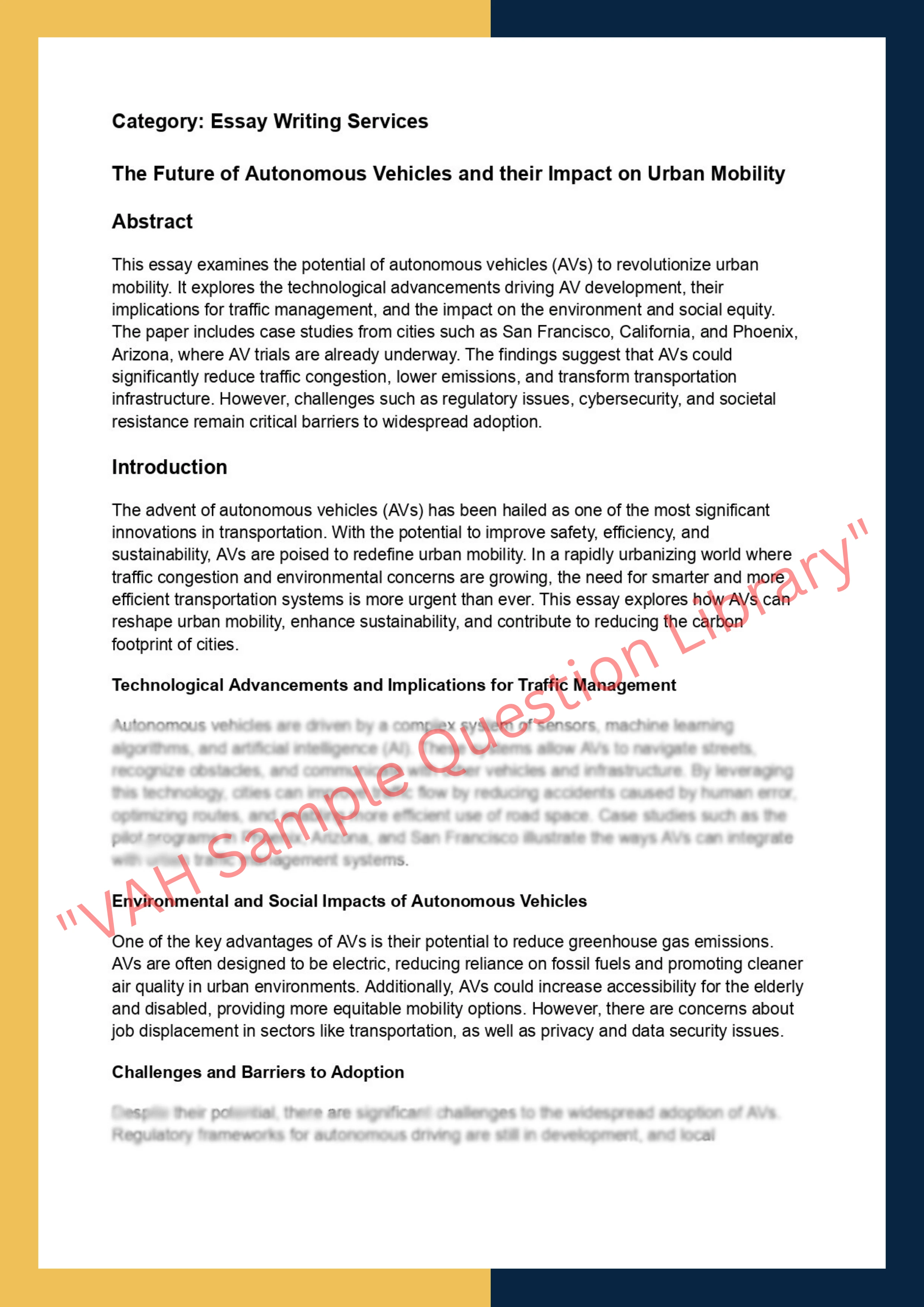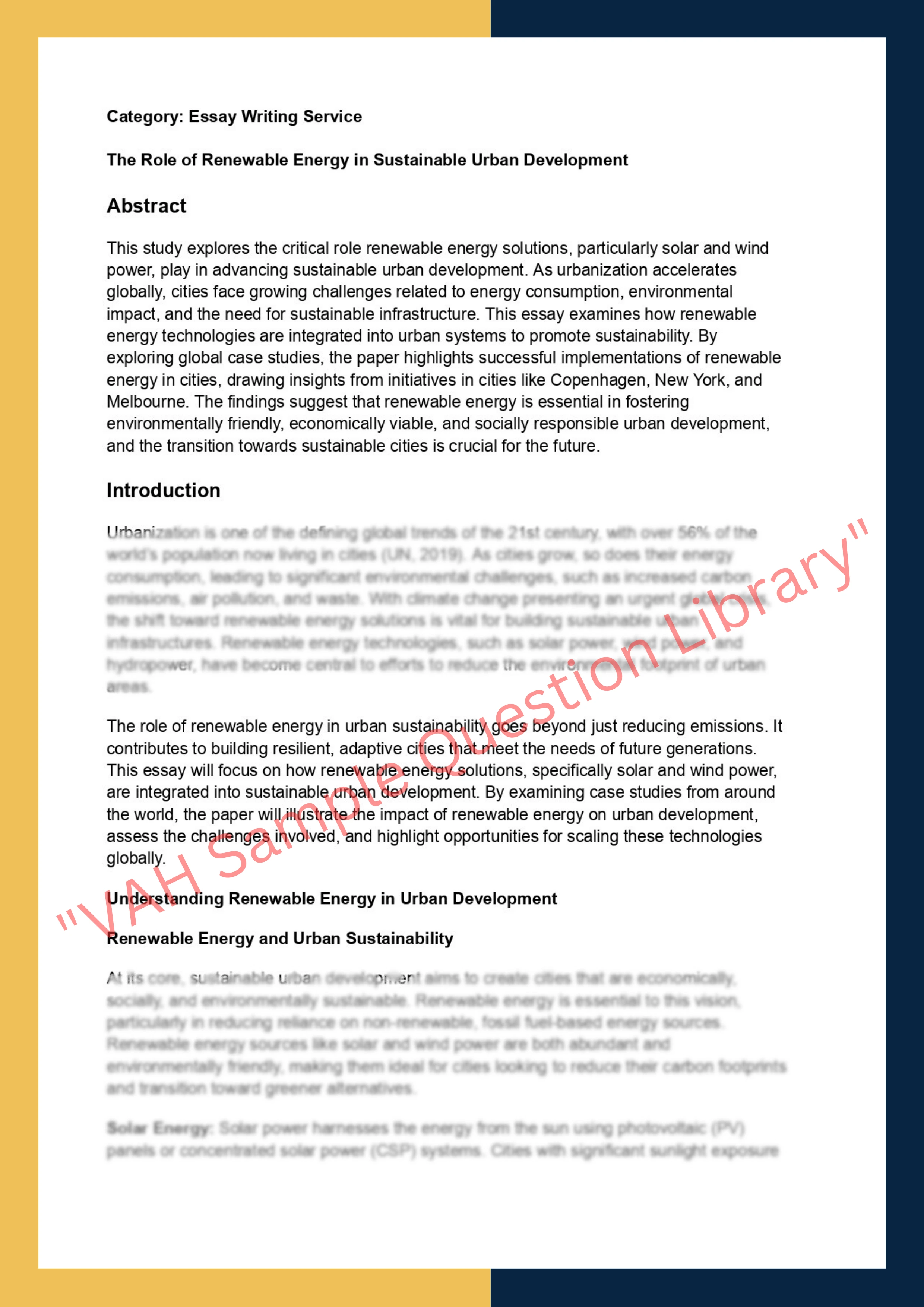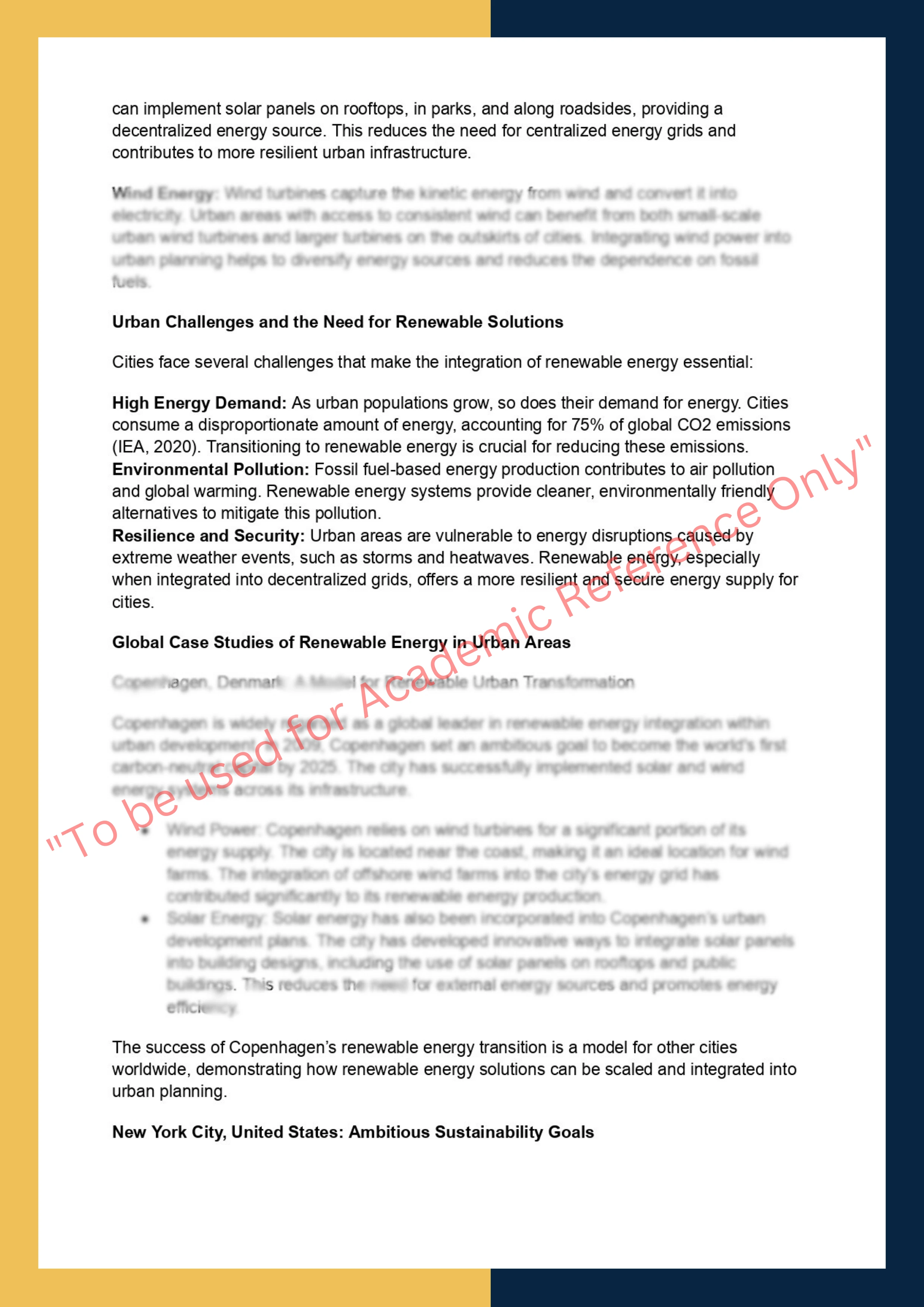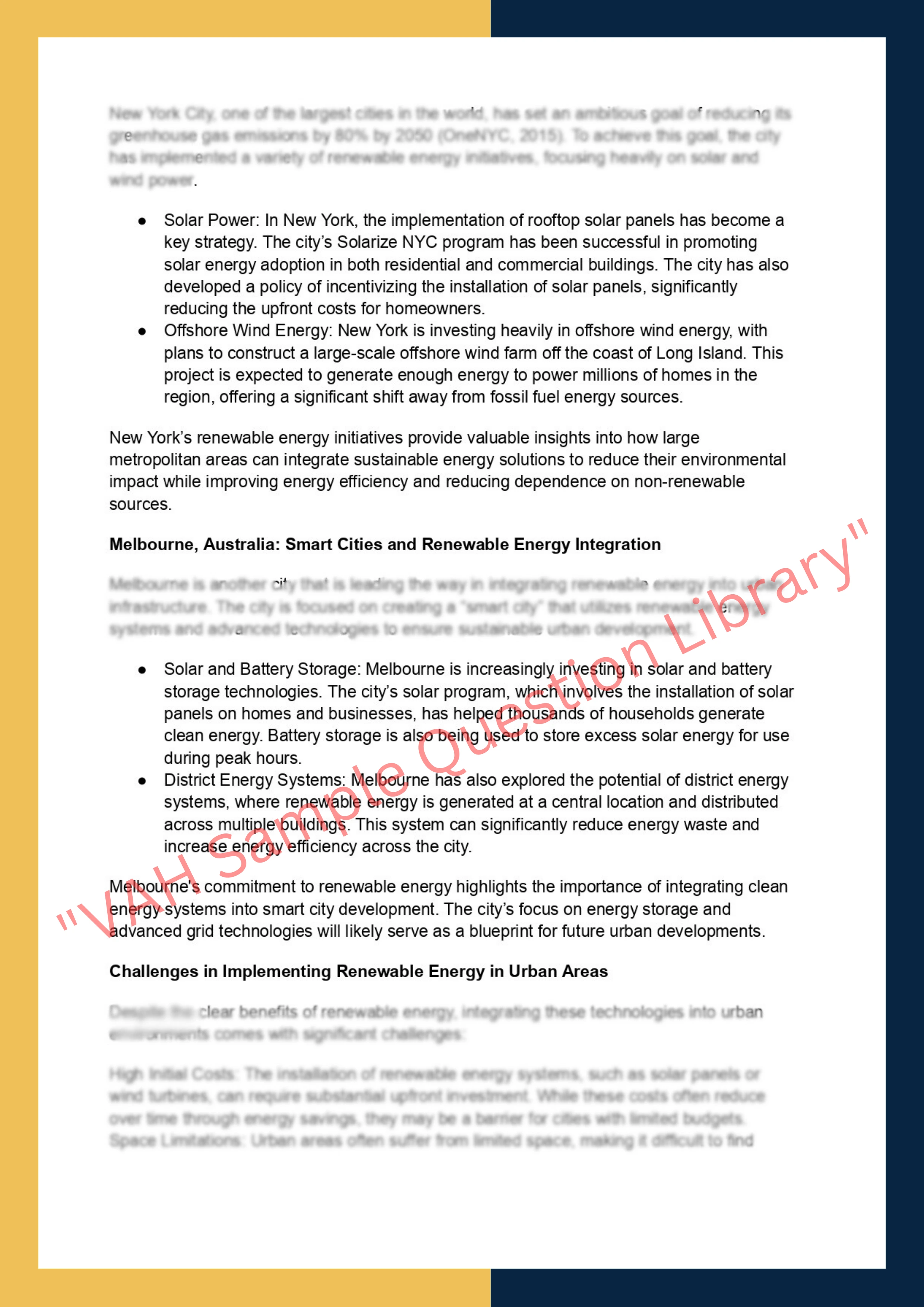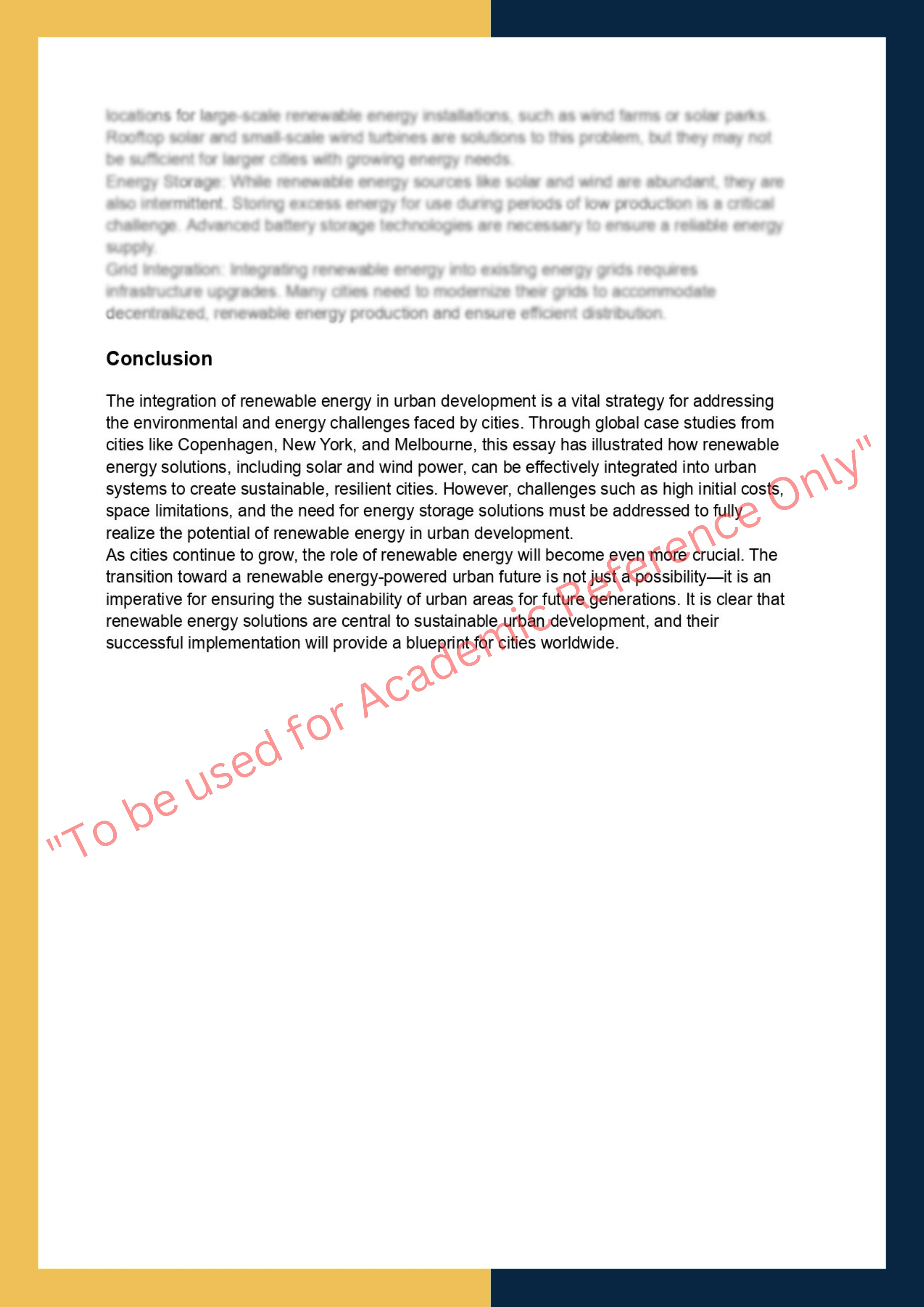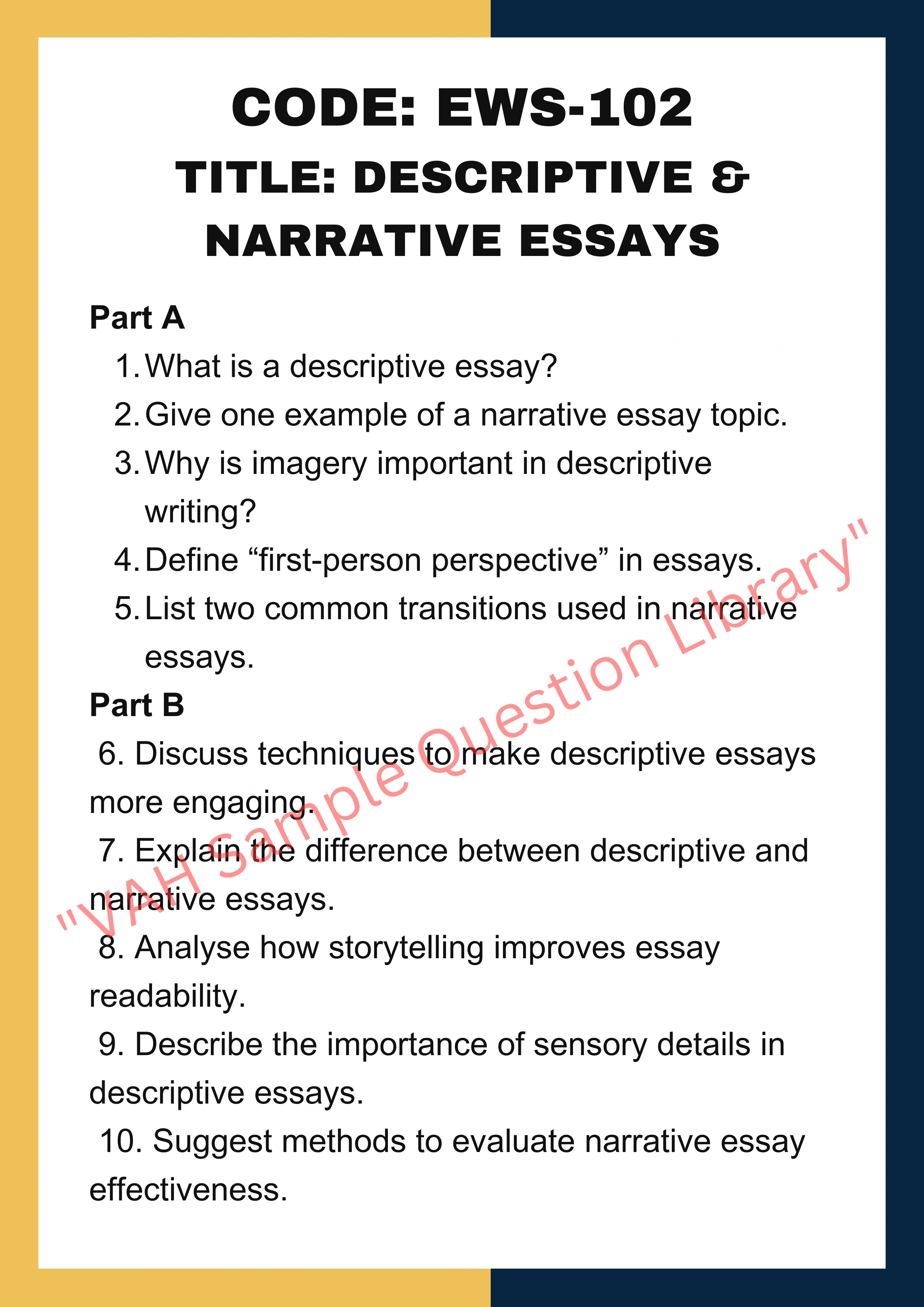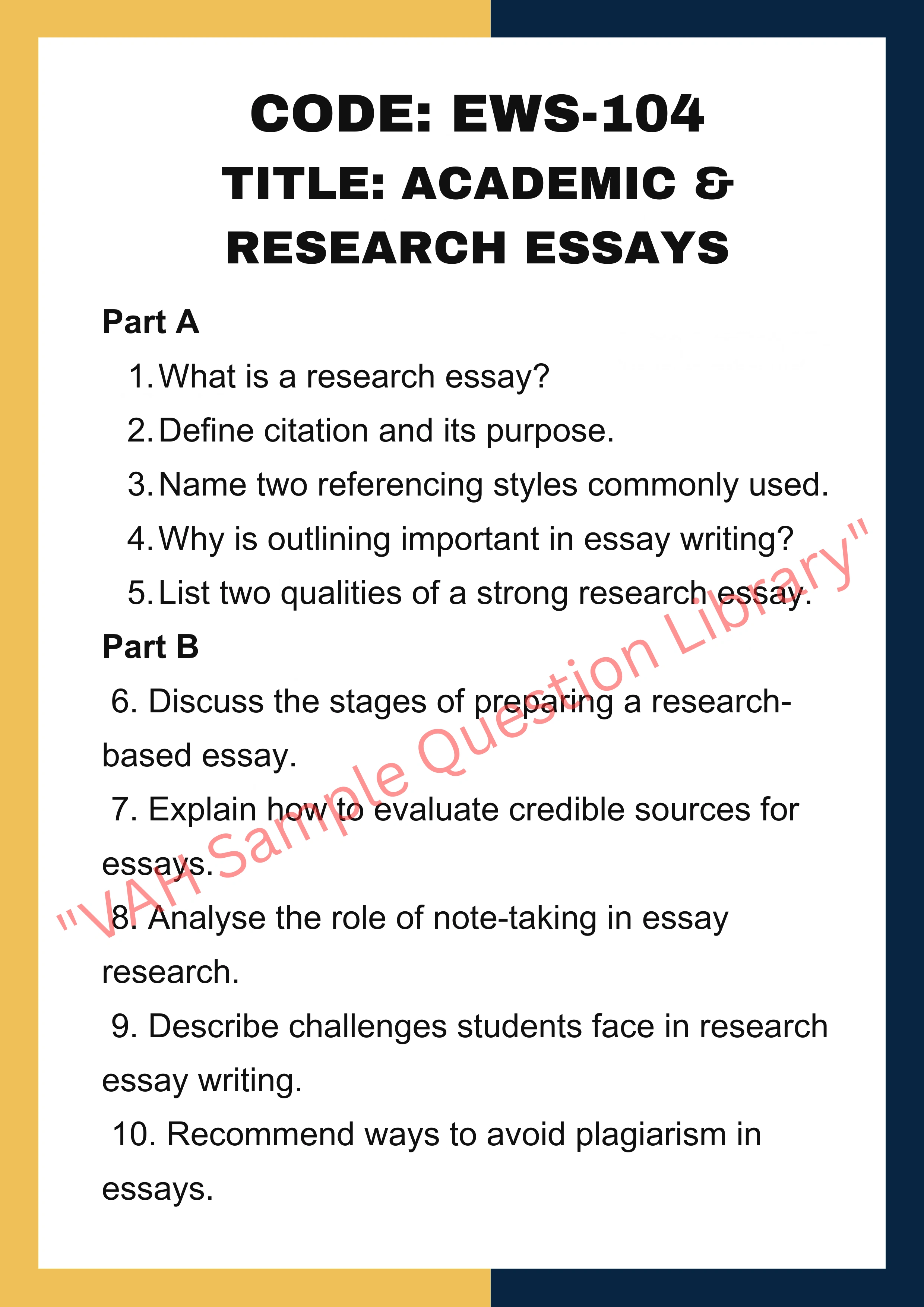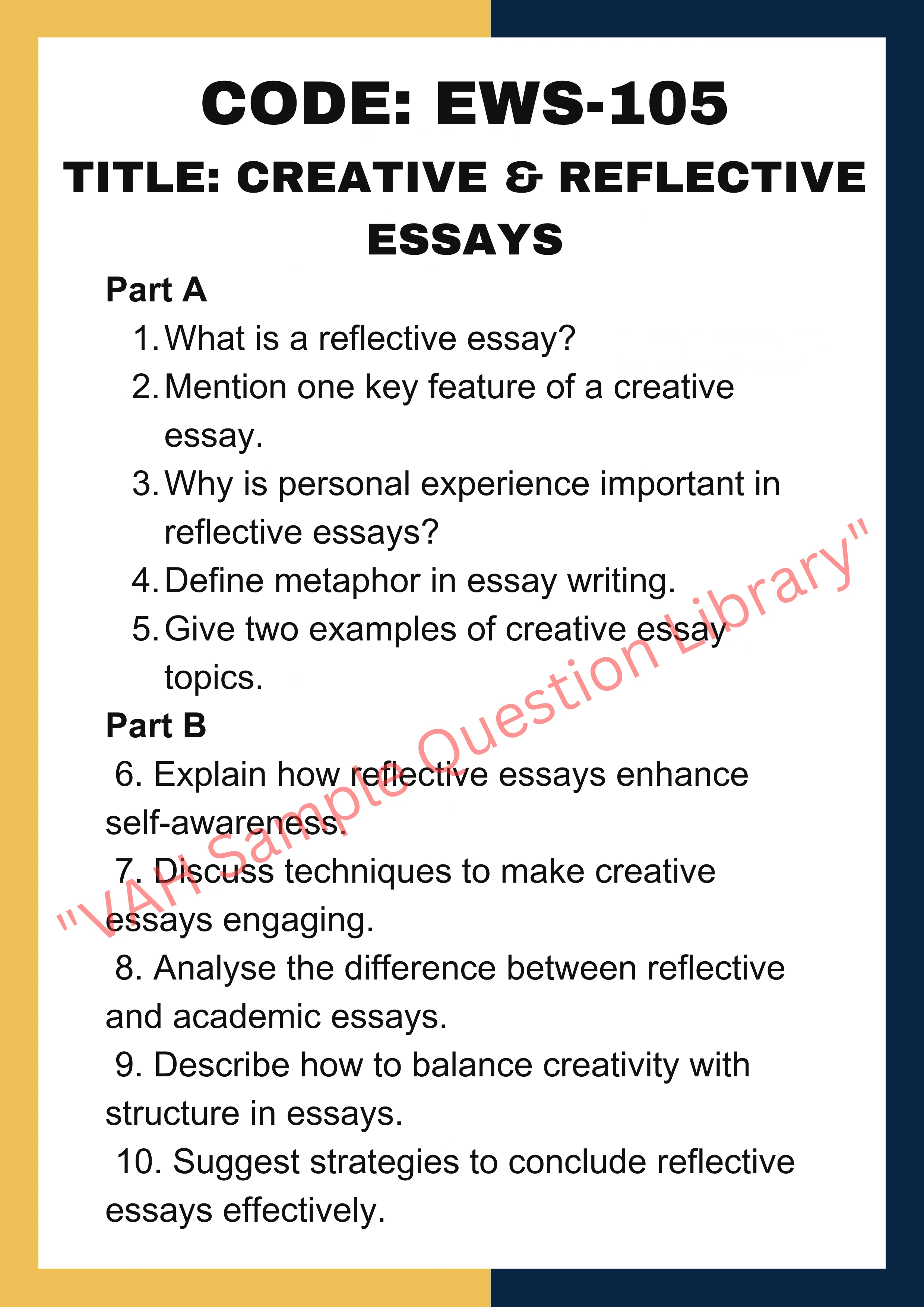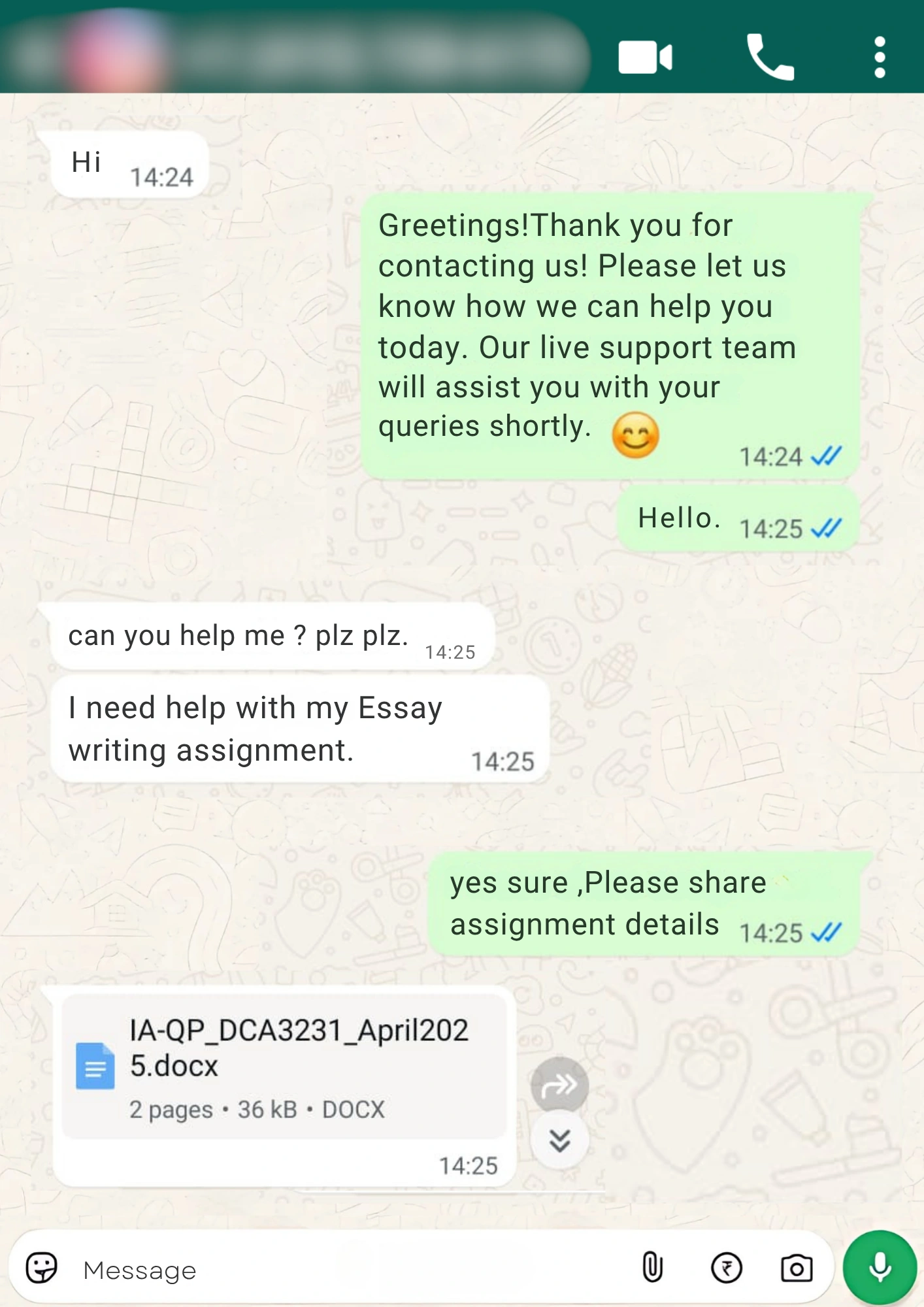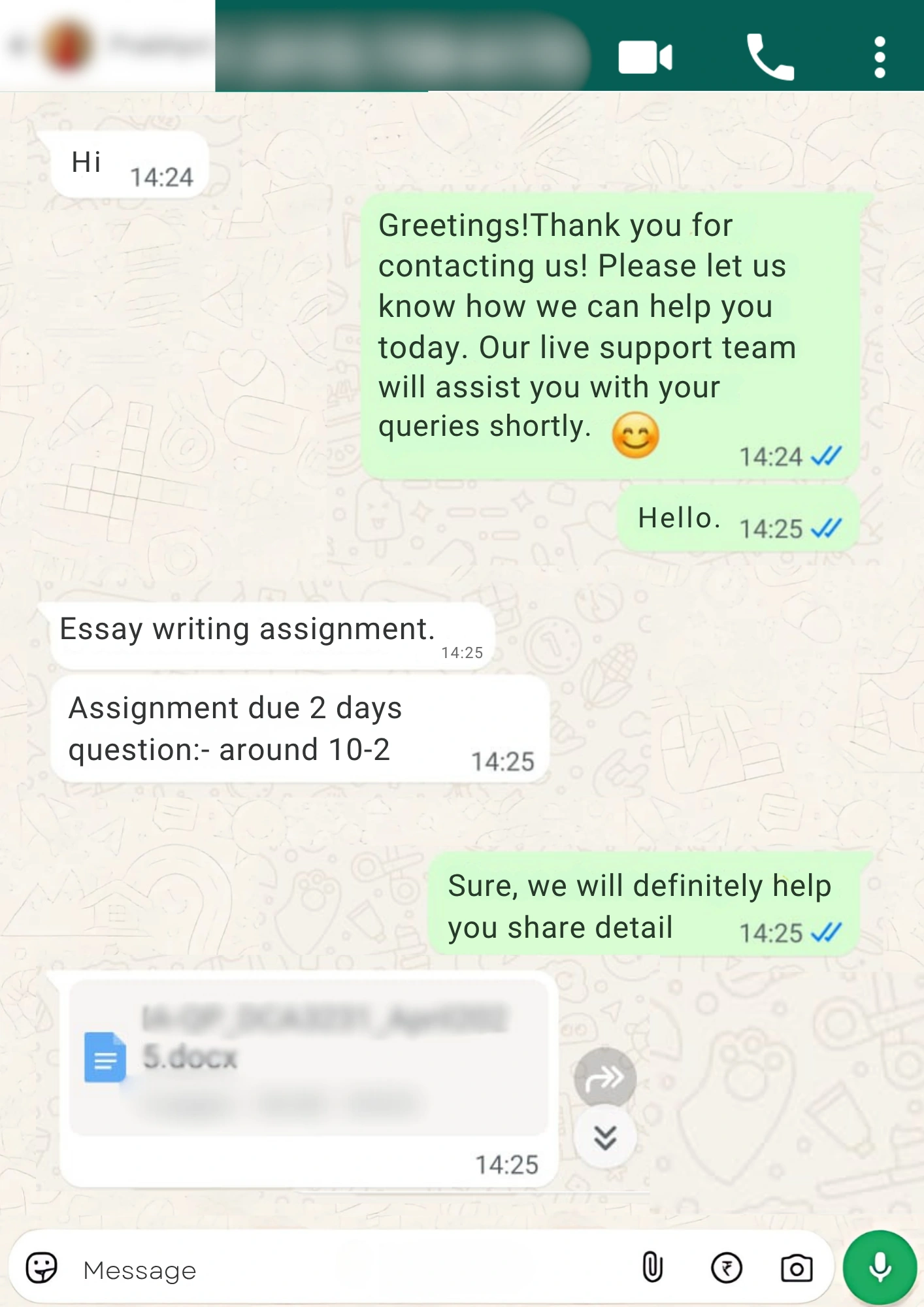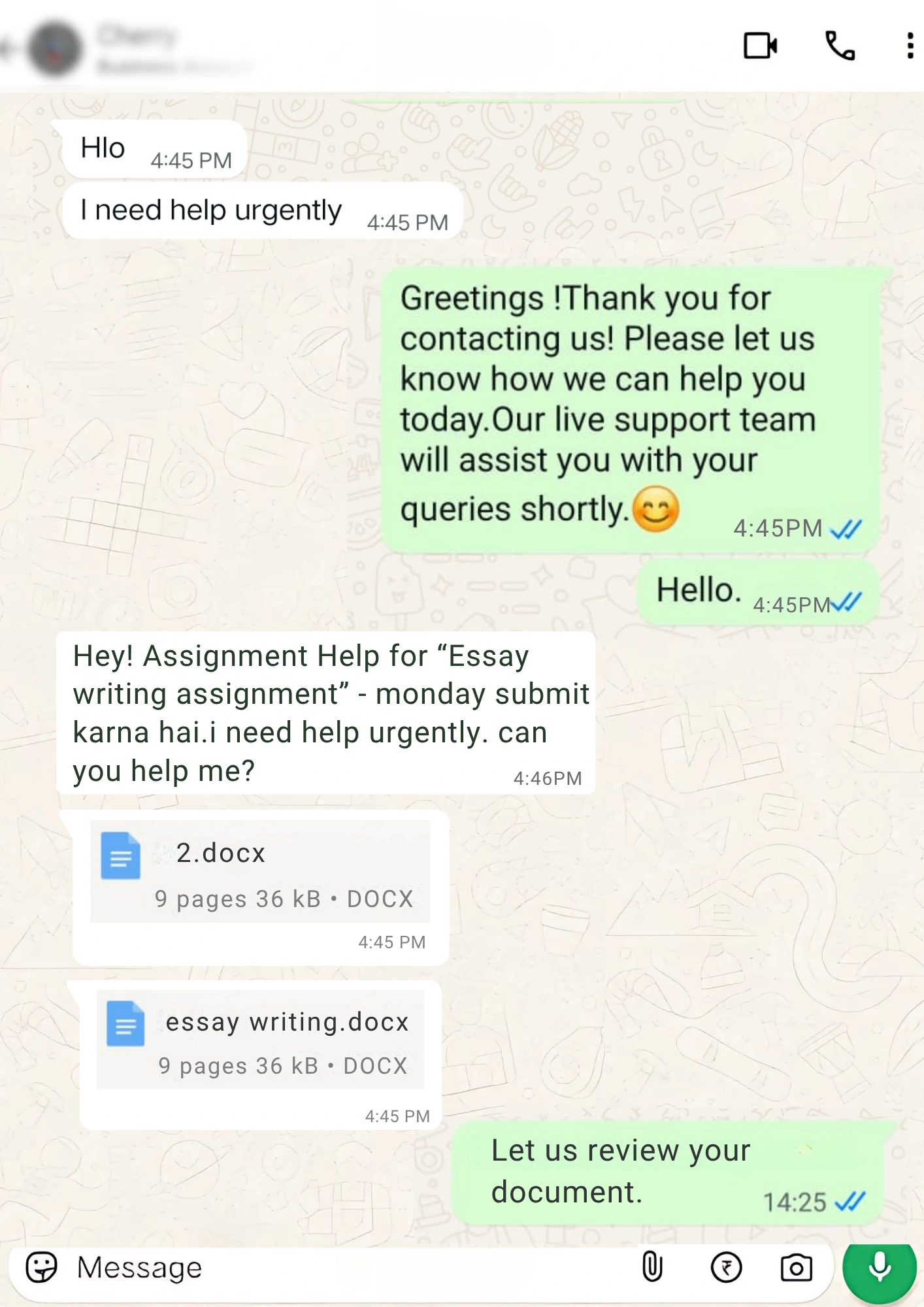Get Expert Essay Writing Service with Value Assignment Help
If you need a dependable, affordable, high-quality essay writing service that is 100% free of plagiarism and AI, you have come to the right place. Crafting top academic essays is an excellent way to succeed in your educational journey. However, if you're balancing multiple assignments, a job, college life, and work stress, an essay writing service from Value Assignment Help can produce an exceptional essay for you. At Value Assignment Help, we have a team of well-qualified, creative, and expert writers. We provide school and college students with amazing essay writing help that motivates them to ace their academics. If you, too, are in search of a helping hand to make your educational journey smoother, trust our reliable services and ensure you get a human-written essay every time you order. Benefit from fast delivery and well-researched data to help your essay be original and stand out as one of the best.

How Do Our Essay Writing Services Work?
Our services are convenient and super easy to use. Students just have to follow a few simple steps and they get to avail amazing opportunities to excel in their academics.
Step 1 - Visit our website valueassignemtnhelp.com and get help from our student support helpline to place your order.
Step 2 - Fill out an order form and detail all your essay requirements, such as topic, word count, and guidelines, more carefully. Once you request “Write my essay,” we pace ourselves to complete your essay as you want.
Step 3 - Pick your essay writer from a panel of many expert professionals.
Step 4 - Make a secure payment for your order and start the writing process.
Step 5 - Once your essay is complete, we deliver it to you via your registered email. You can check and review the work. We offer free revisions before your final submission.
Why is Our Online Essay Writing Service Best for You?
Students need a service that is affordable, reliable, and quick. These are our prime features, which are completed without any compromise. We offer students endless benefits and support their academics 24/7. Our dedicated team assists students in completing their assignments and learning with experts.
Original Content - Originality is the most important feature of every essay. Your work needs to be unique and crafted according to your academic requirements. Our expert writers understand this the best. Our professional essay writers make sure to keep your essays reliable when you ask them for help in writing an essay for your academics. Our team has strong writing skills, ensuring your content is always free of AI-generated content, plagiarism-free, and 100% original.
On-Time Delivery - Students worry most about deadlines. It causes more stress to students who are struggling without any paper help. This is why students need the most help with writing an essay for submission. Our essay writers are reliable and punctual. They managed to research fresh and frame the best essays for students according to their essay submission deadlines every time.
Student Support Available 24/7 - We are available 24/7, so students don’t have to worry about getting help with papers. Students can place their orders whenever they get time and still avail themselves of our best services. We don’t leave students on their own and also help them with their queries and issues until they are satisfied with their delivered essays.
Privacy Ensured Services - We understand that the confidentiality of students’ personal information is very important. We ensure that all users can share their personal details with us without any worries. We do not share any data provided by users to any third-party application. Our privacy policies are strong and ensure student details are maintained in confidentiality.
Latest Research with Proper Drafting - Students often need assistance in drafting their essays and making them impactful. Our writers provide professional essay-writing services. They are well knowledgeable about different writing styles and help students to draft their essays as they like. Our custom writing services are immaculate, leaving students impressed with each order.

Our Most Requested Essay Writing Services!
As one of the most reliable essay writing services, we ensure we have the inclusivity of every essay assistance a student might need. It means students can approach us without worrying about their essay requests. We help them with almost every essay request, which allows them to complete their academic journey smoothly.
- Descriptive Essays Writing Service: Descriptive essays focus on describing any topic. It includes events, objects, places, and personal details in vivid language. Such essays aim to catch readers’ attention and help them paint a picture of the topic with their imagination. Students need a strong writing style to craft such essays that captivate readers.
- Persuasive Essays Writing Service: Persuasive essays are those essays that aim to convince the reader to believe in the topic and share the same viewpoint as the writer. Here, students need to present research analysis and evidence to support their views and provide clear reasoning for the readers to agree with. Only well-researched essays with compelling writing can make the essays credible.
- Narrative Essays Writing Service: Narrative Essays are designed to share or narrate any topic in a creative writing style. The reader must understand the topic's significance and resonate with the writer. Skilled writers help you craft essays in compelling language to convey to the reader and share information in engaging writing.
- Expository Essays Writing Service: Expository essays are essays written to explain the topic in easy and understandable language. It helps to inform the reader about any analysis or report with facts and data as reasoning. Students must find the latest data to support their logic and compile their research in a well-structured manner so readers can easily understand the topic.
Why "Do My Essay For Me Services" Are Popular With Students?
Students get stressed if their schedules get stuffed. They have to focus on multiple subjects at once and complete them as efficiently as possible for the best grades. With reliable help services, they make their academics enjoyable. When students book their essays with us, we assign them to the best essay writers and get their essays completed and submitted on time. Students might feel that they cannot receive perfect essays on short notice, but it is super easy when we help you out. We get multiple deadline queries like, Can I write a 4-page paper in 2 hours or Can I pay someone to write my paper? Our answer is always yes!

Expert Help With Multiple Services
With Value Assignment Help, students appoint professional essay writers who are ready with their essay writing services. It can be any essay format or custom essays; we feel excited about every work. We have 4000+ experts and 3000+ professional college essay writers who help students with essay writing. We also have expertise in research paper writing services, case study writing, dissertation, and thesis writing. For the past nine years, we have been providing services in various countries, including India, Australia, the USA, Canada, the UK, New Zealand, and more.
If you too need professional experts to guide you and help you complete your assignments, just ask, “Do my paper for me,” and enjoy reliable and affordable essay writing services online and get help with your academics any time.
Can you write essays for my School, college, and university?
Absolutely! We offer essay writing help for any academic level (i.e., high school, undergraduate, postgraduate, and even MBA or PhD-level writing). Each paper we write is structured to support your specific level of study, which includes the academic depth and language level required by your institution.
Can I get help with literature reviews or reflective essays as well?
Yes, we help with any kind of essay, including literature reviews, reflective essays, critical analysis essays, and comparative essays. Our experts have decades of knowledge on writing such essays, and they extract all the information from credible sources only, keep an academic tone, and know how to follow assessment rubrics.
Can I ask for help with citations and bibliography?
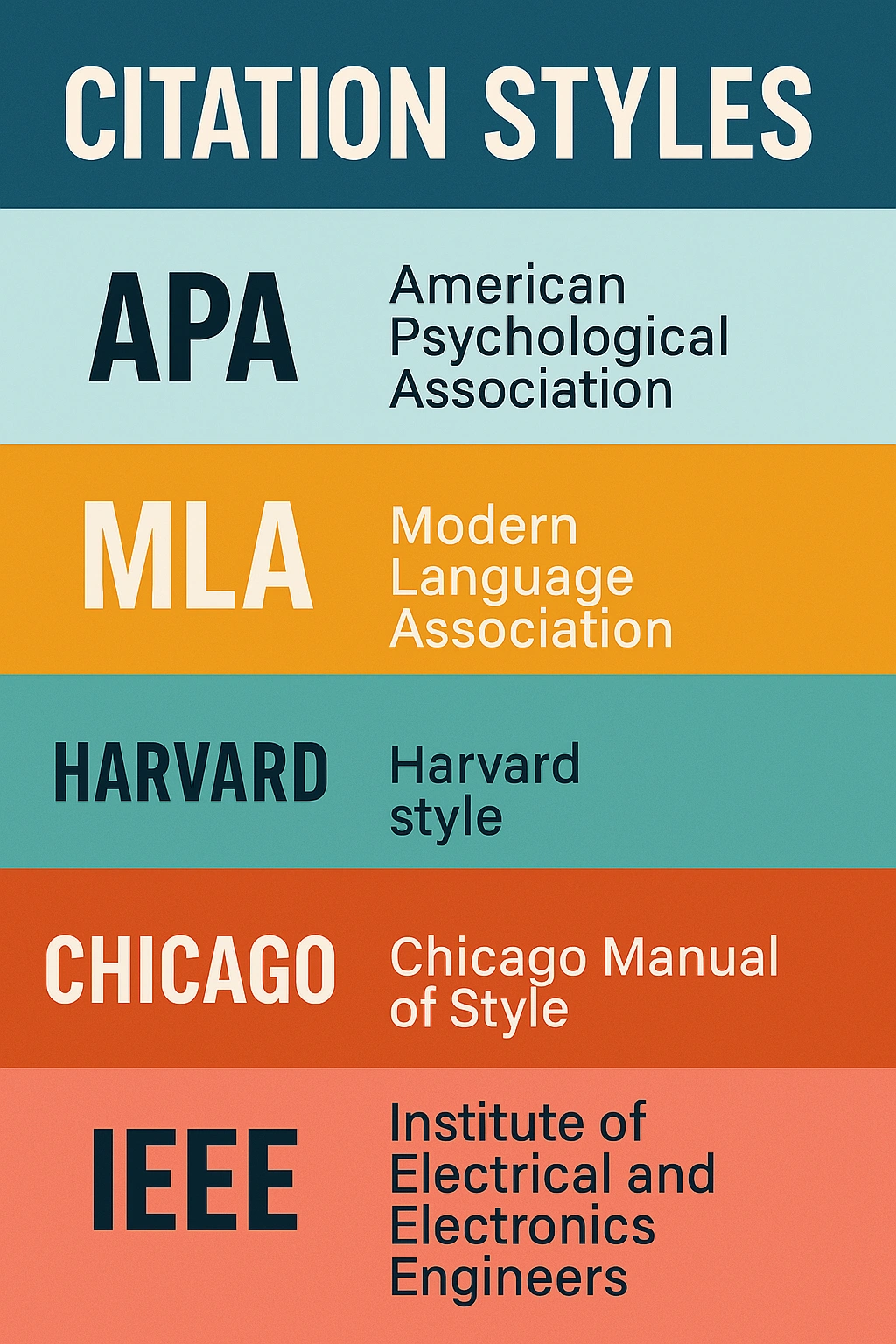
Yes! Every essay we deliver includes accurate in-text citations and a properly formatted bibliography or reference list. We support multiple citation styles, for example:-
- APA
- MLA
- Harvard
- Chicago
- IEEE
Using such reference styles depends on your university’s requirements.
Can I pay in installments for large or semester-long essay help?
At Value Assignment Help, we are one of those rare writing services that offer flexible payment options. If you think you are tight on your budget, then you can just pay 50% amount to initiate your assignment, and the rest of the money can be paid before the delivery of your assignment; no need to pay 100% in advance!
Can I speak directly with the writer for clarification or instructions?
You cannot speak directly with experts to protect your privacy, but you can always communicate with our 24/7 support team, who will assist you with any clarifications, doubts, or queries you have. If you have any specific needs, we will forward them to the relevant expert and try to resolve the issue immediately.
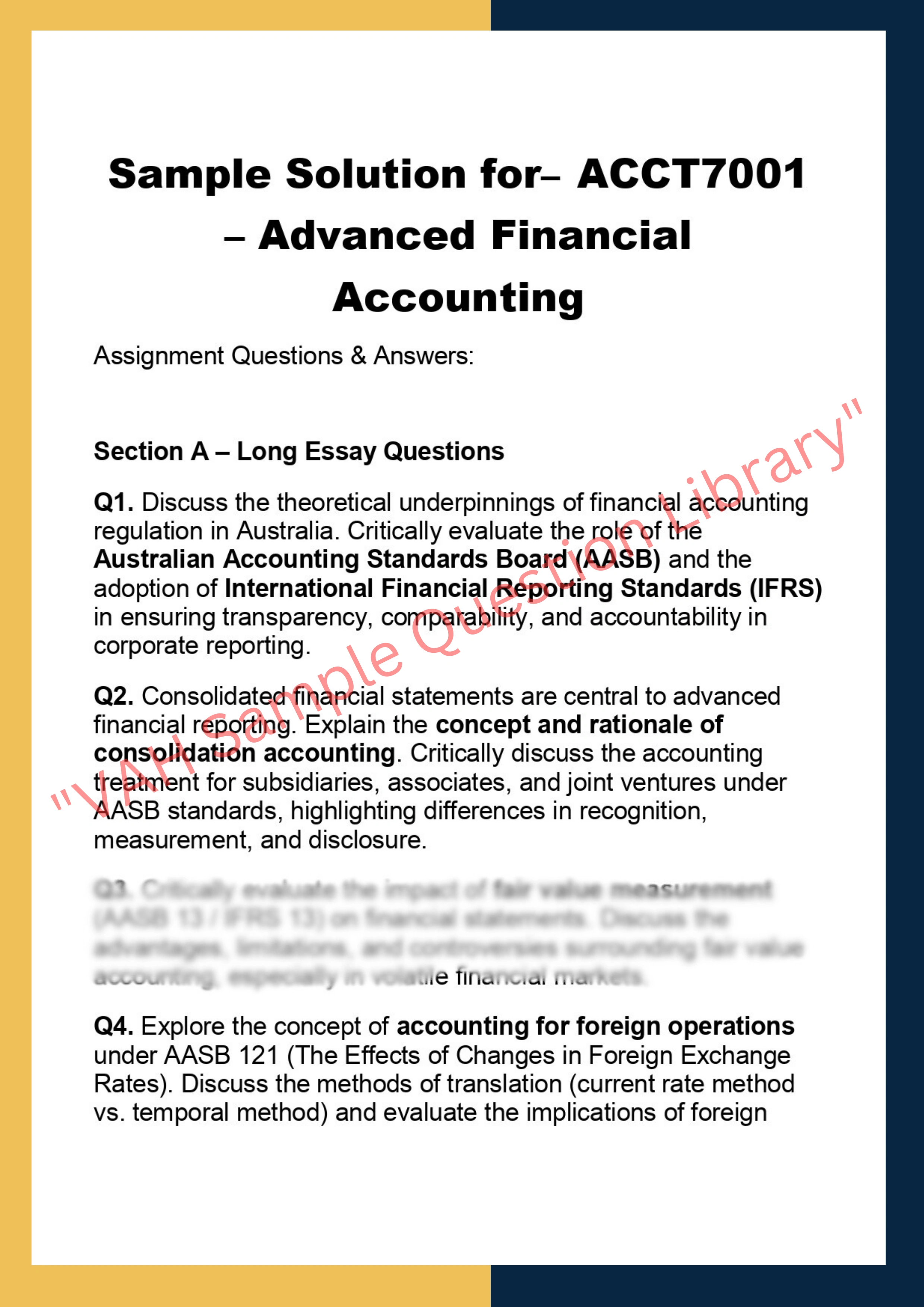

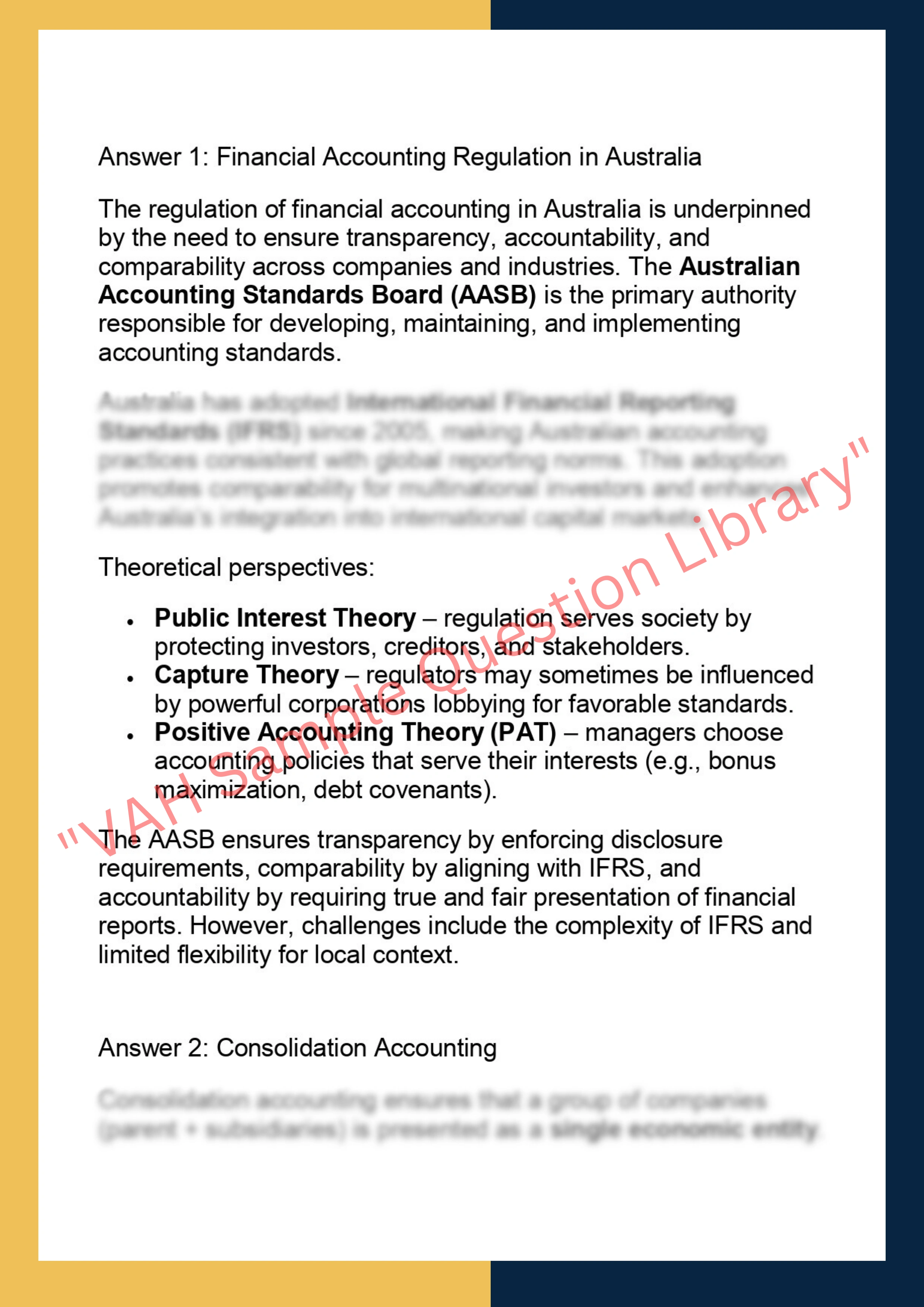

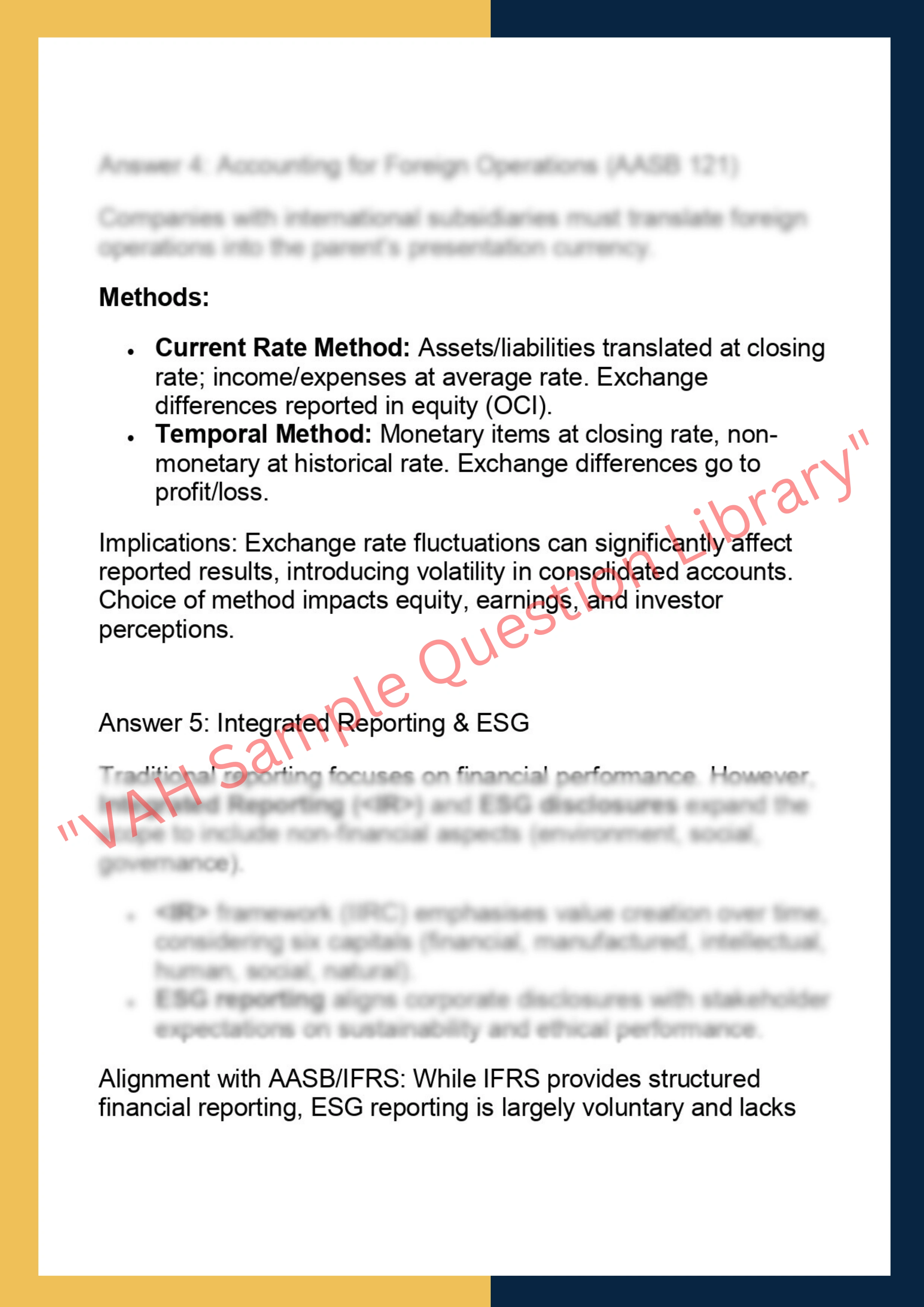

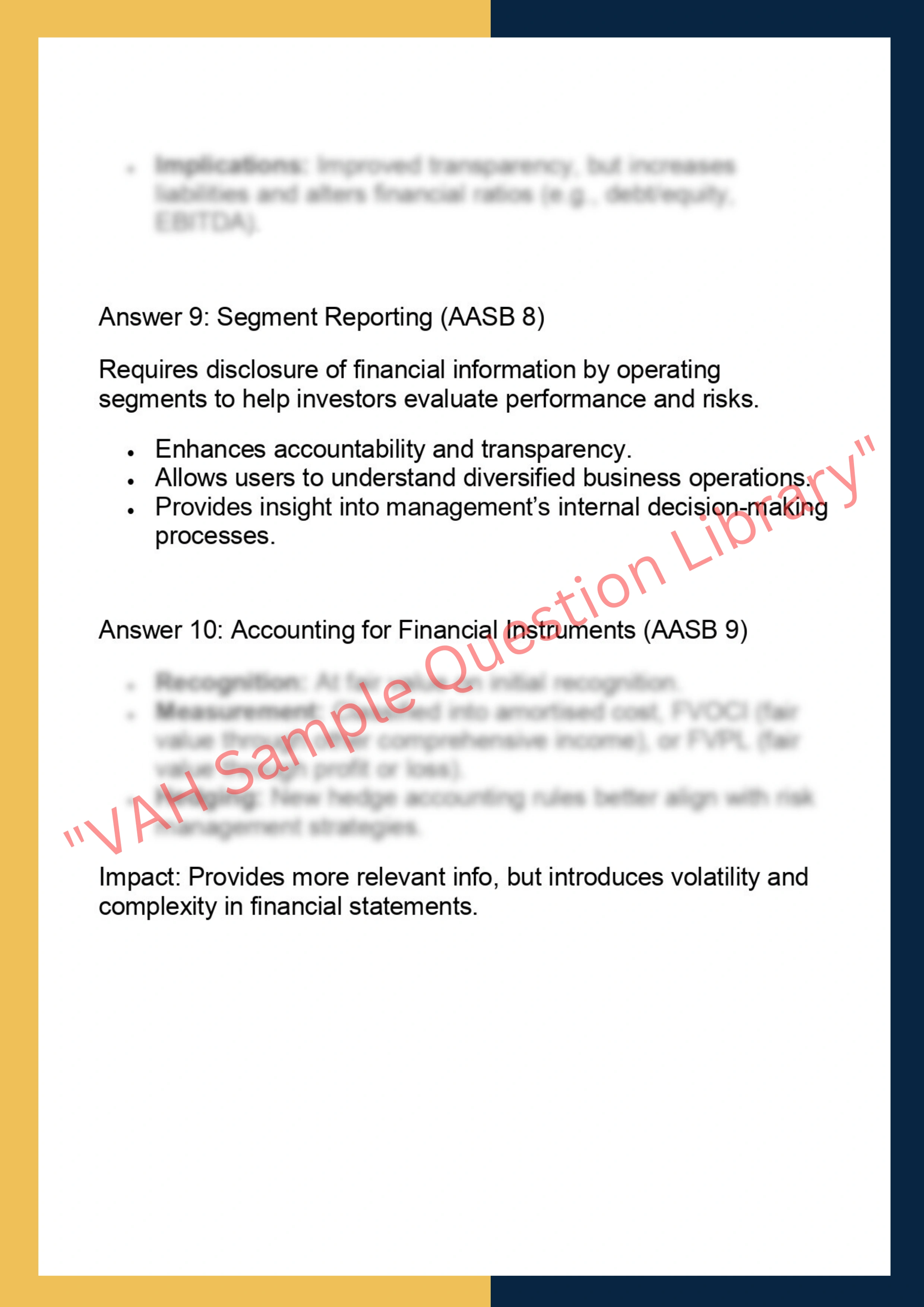
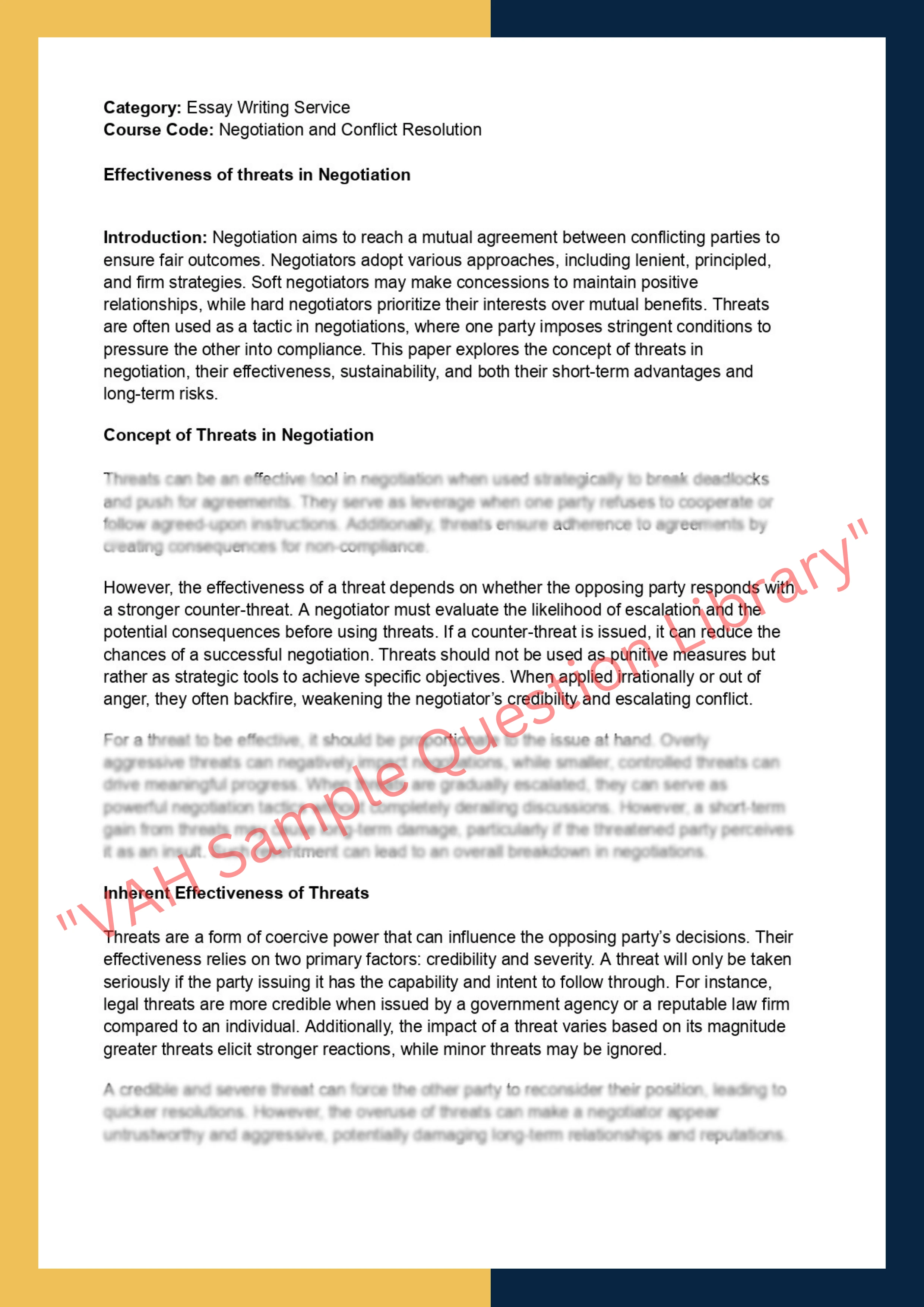
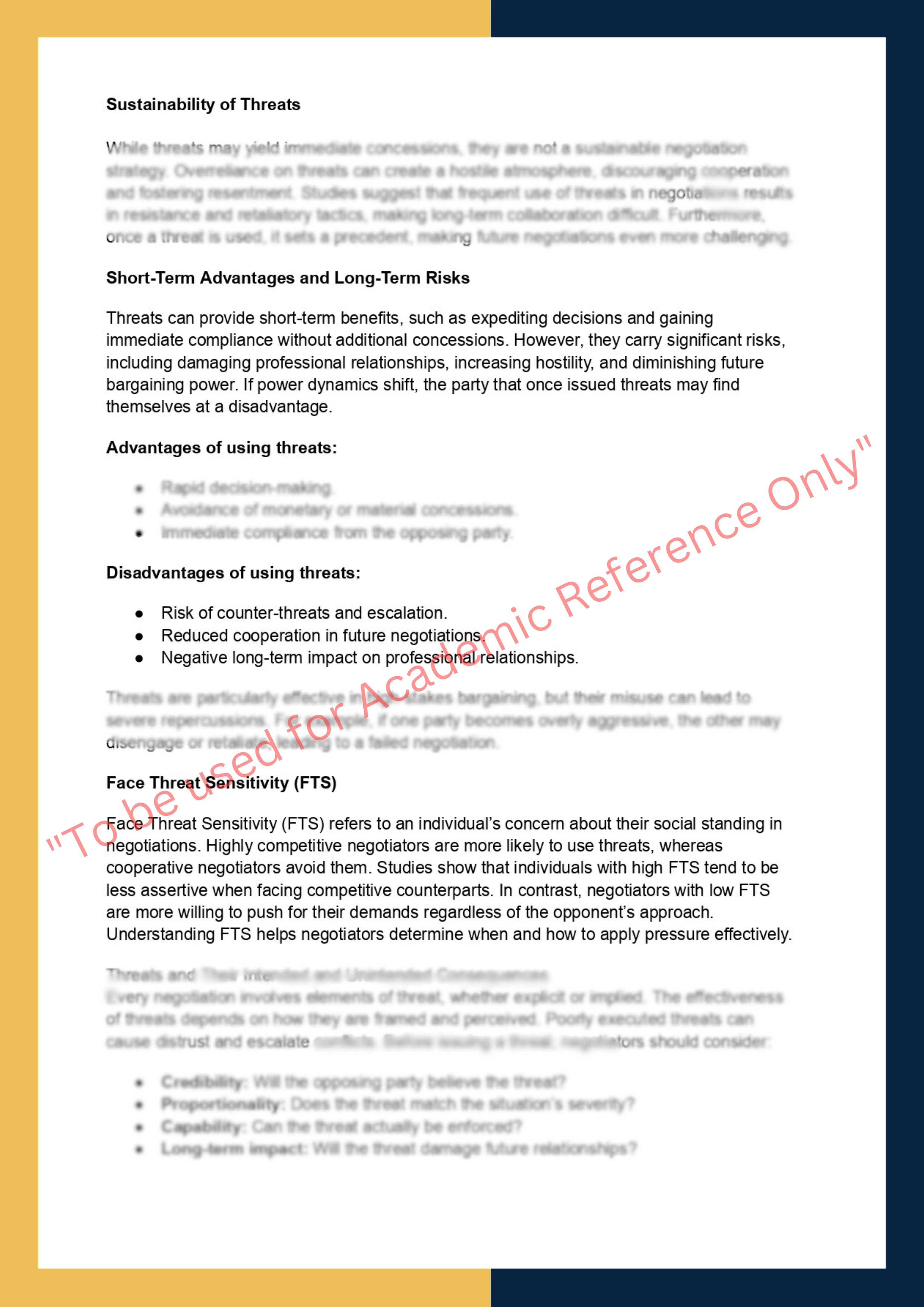
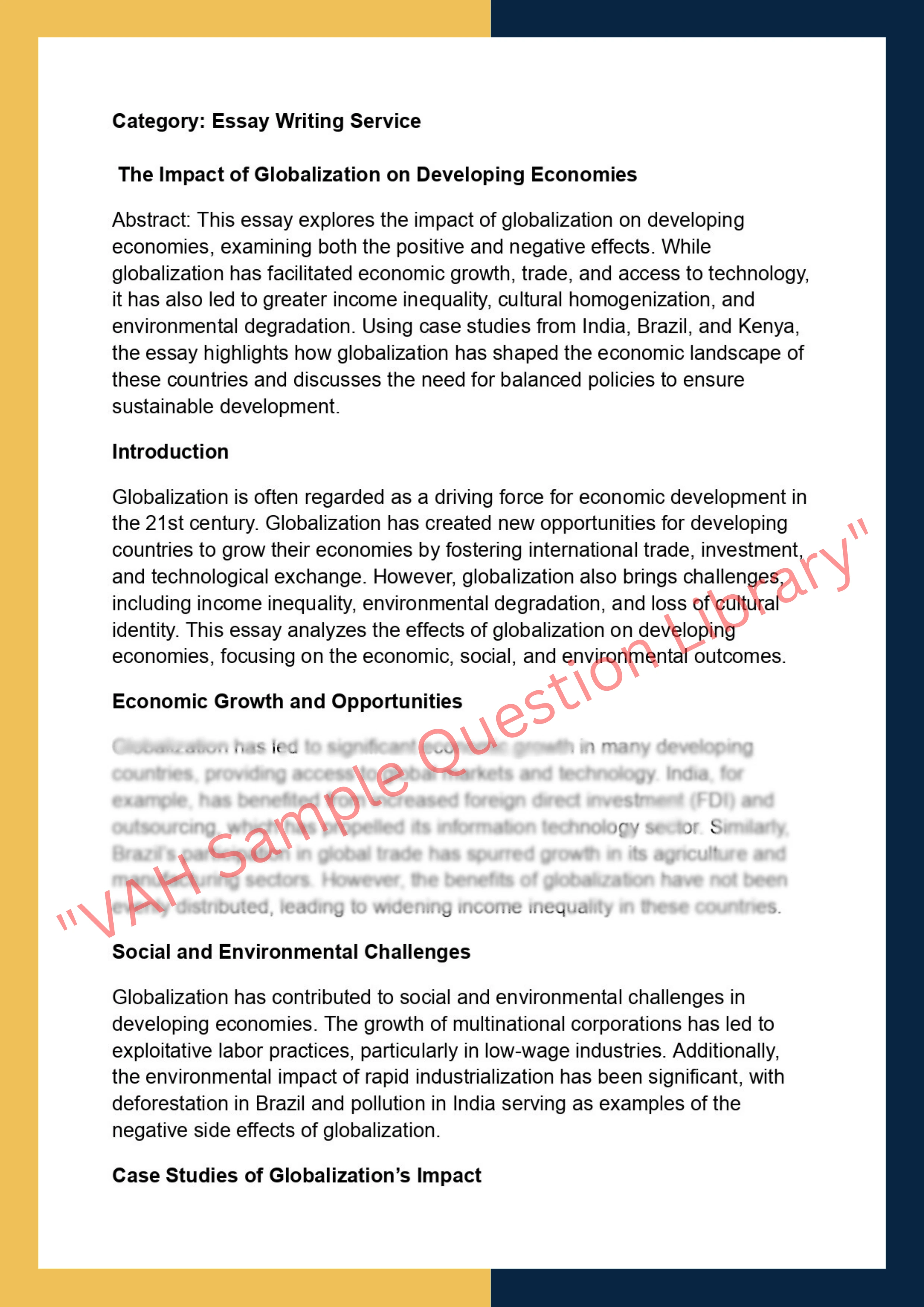
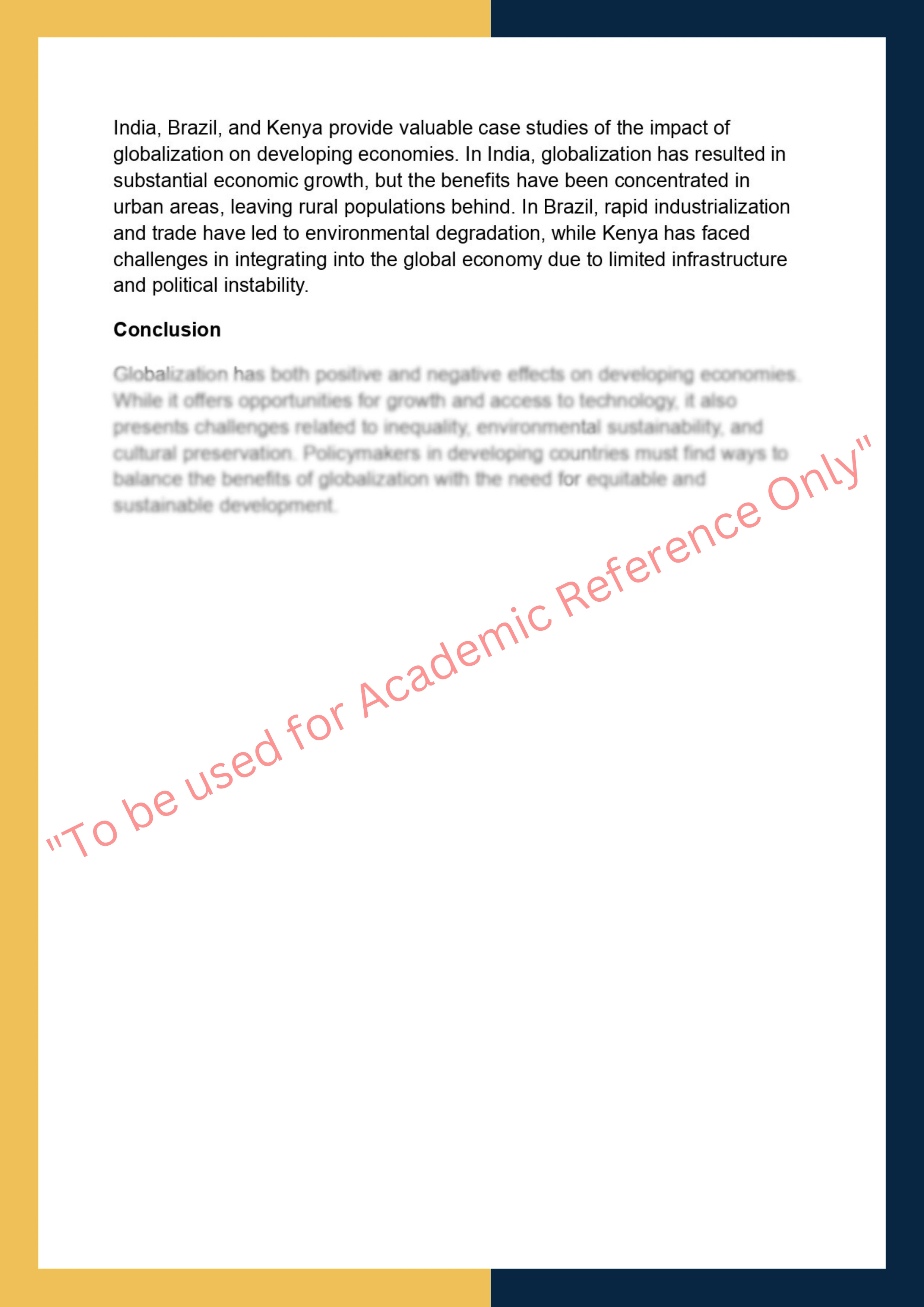
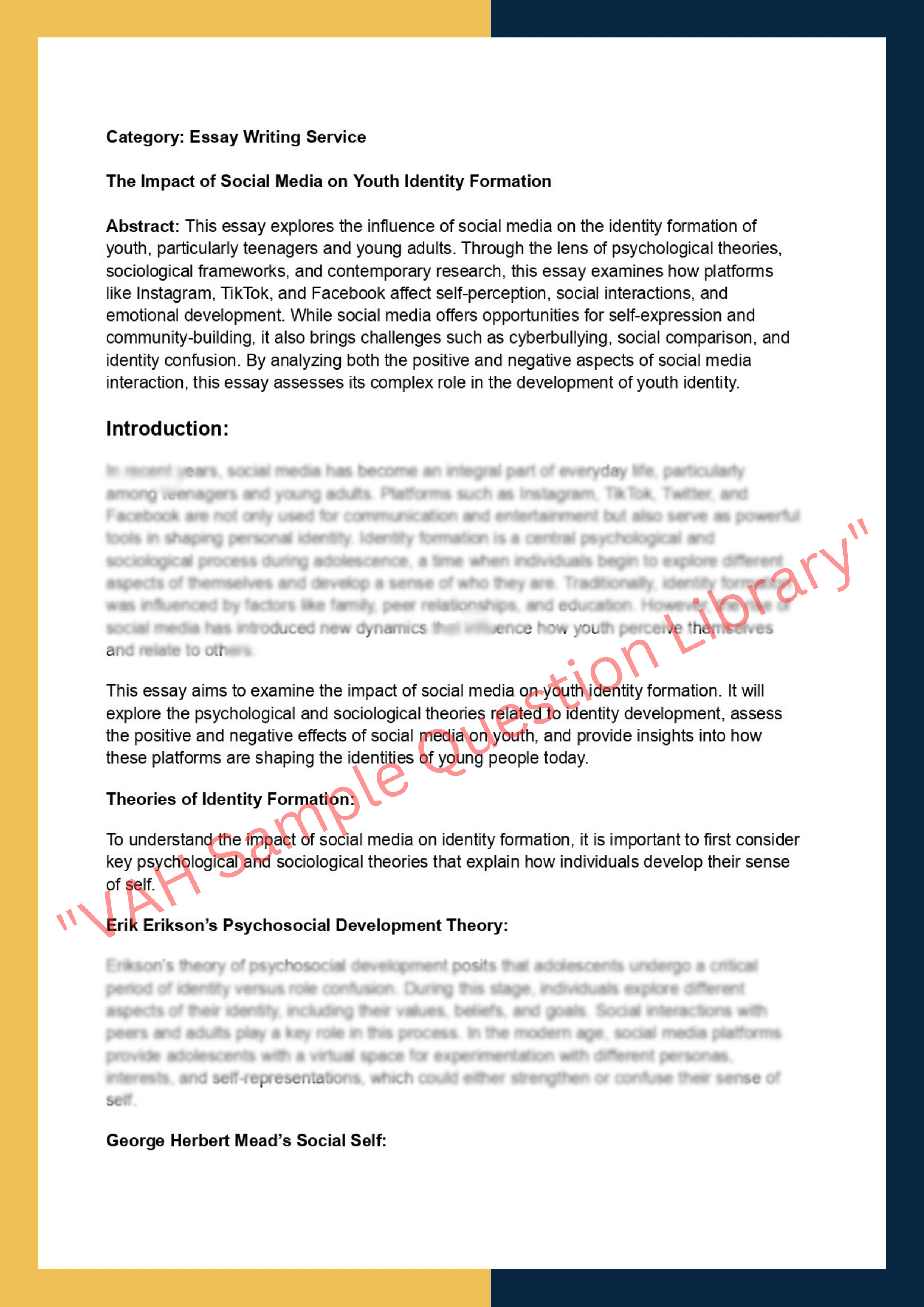
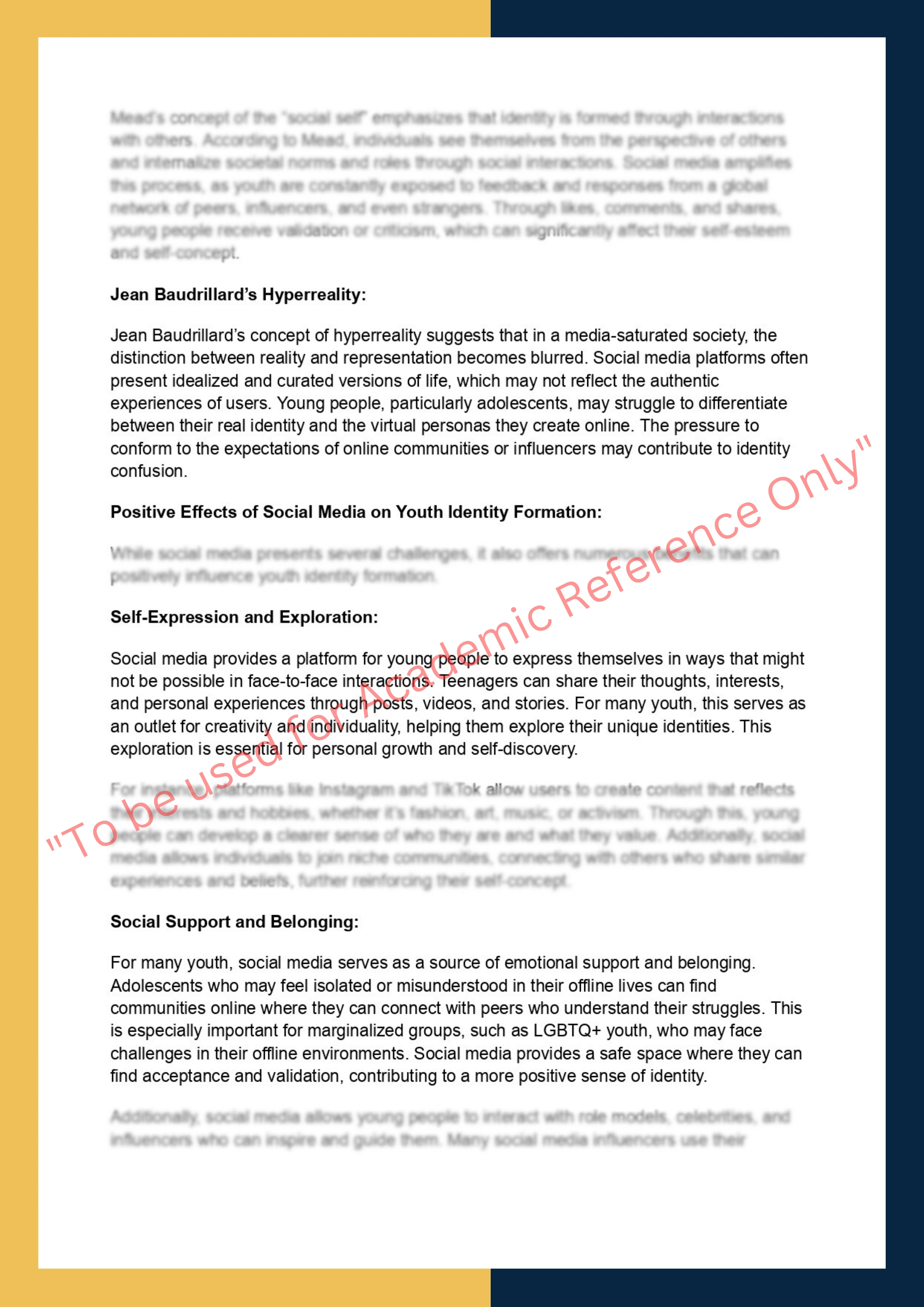
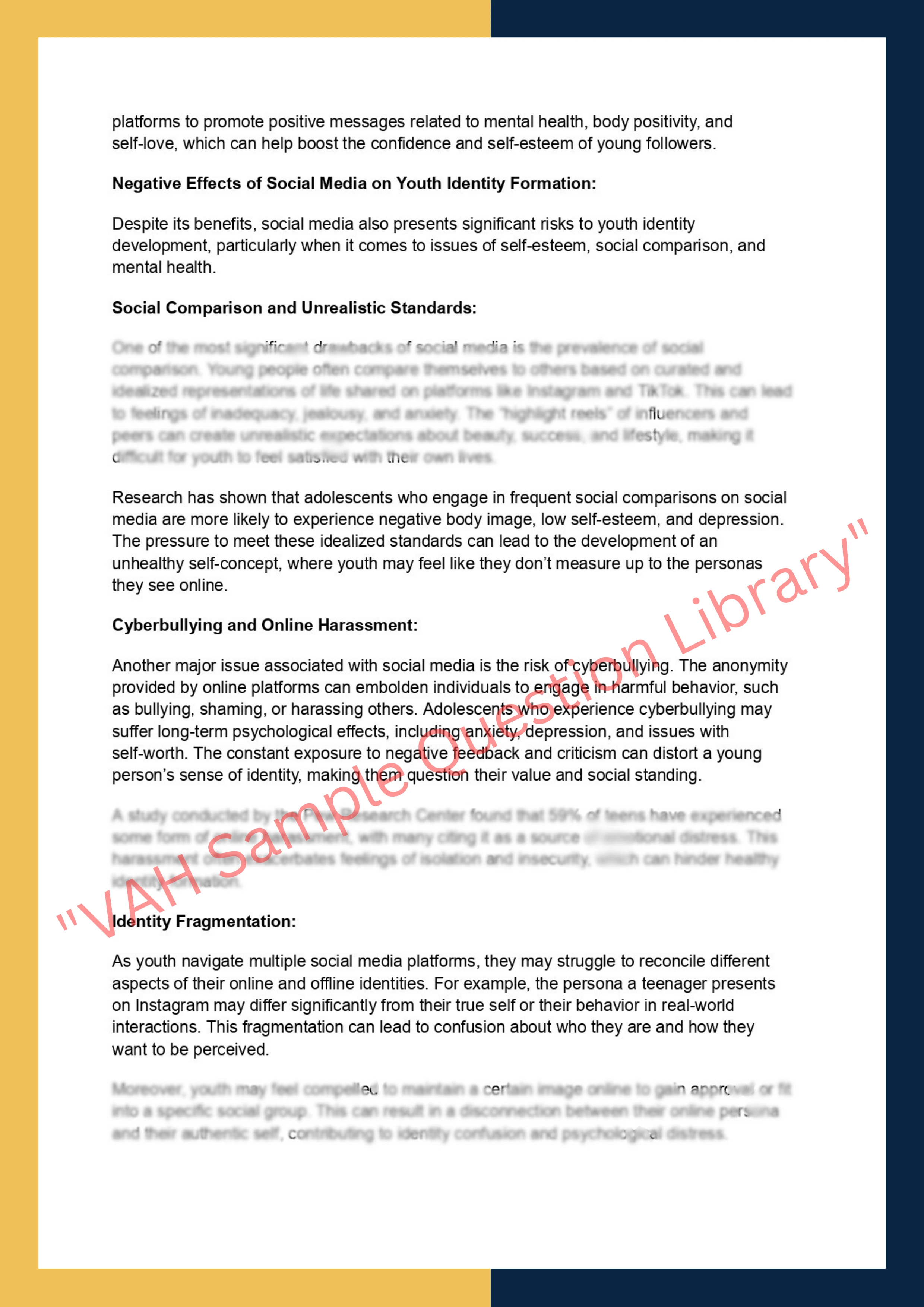
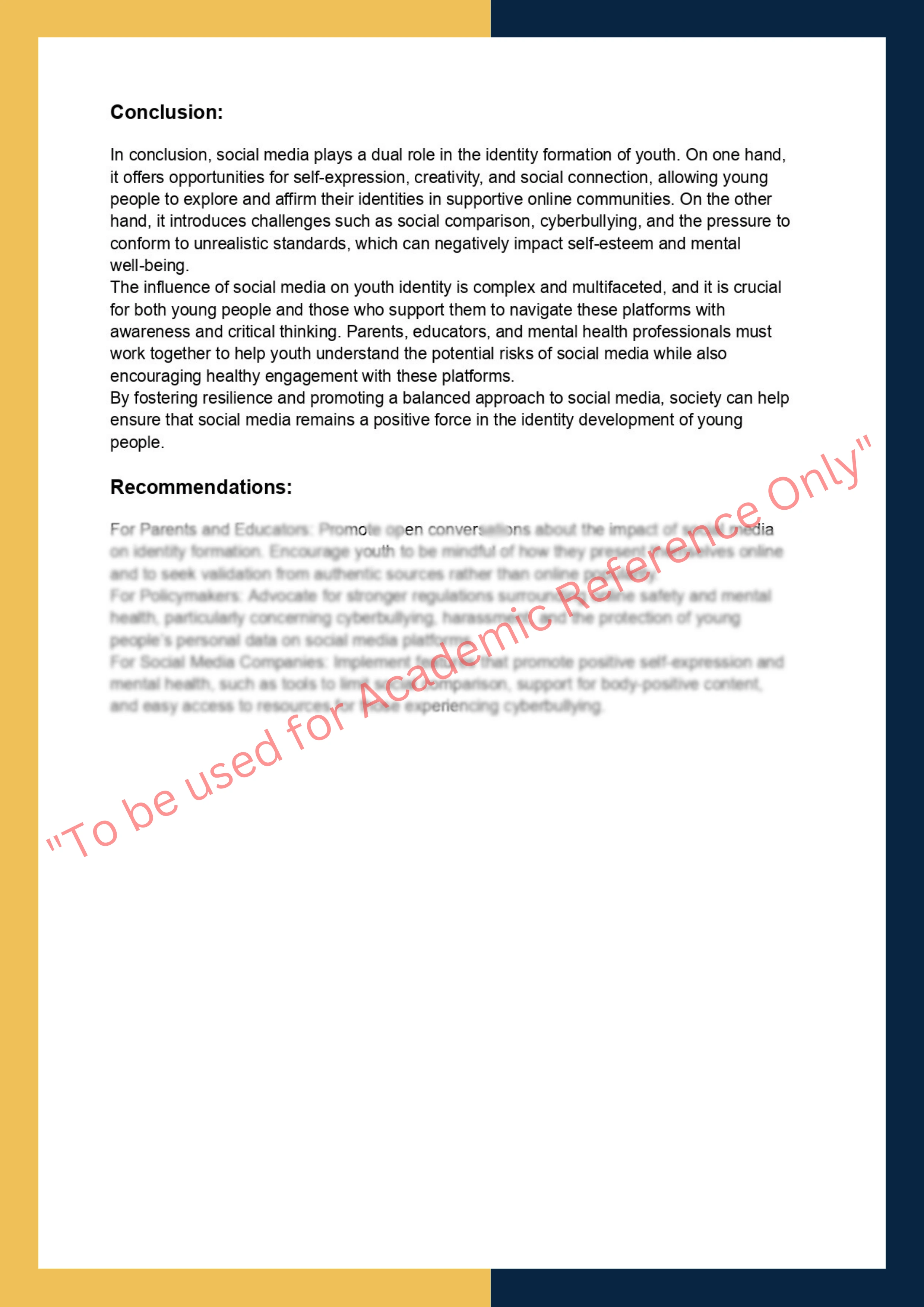
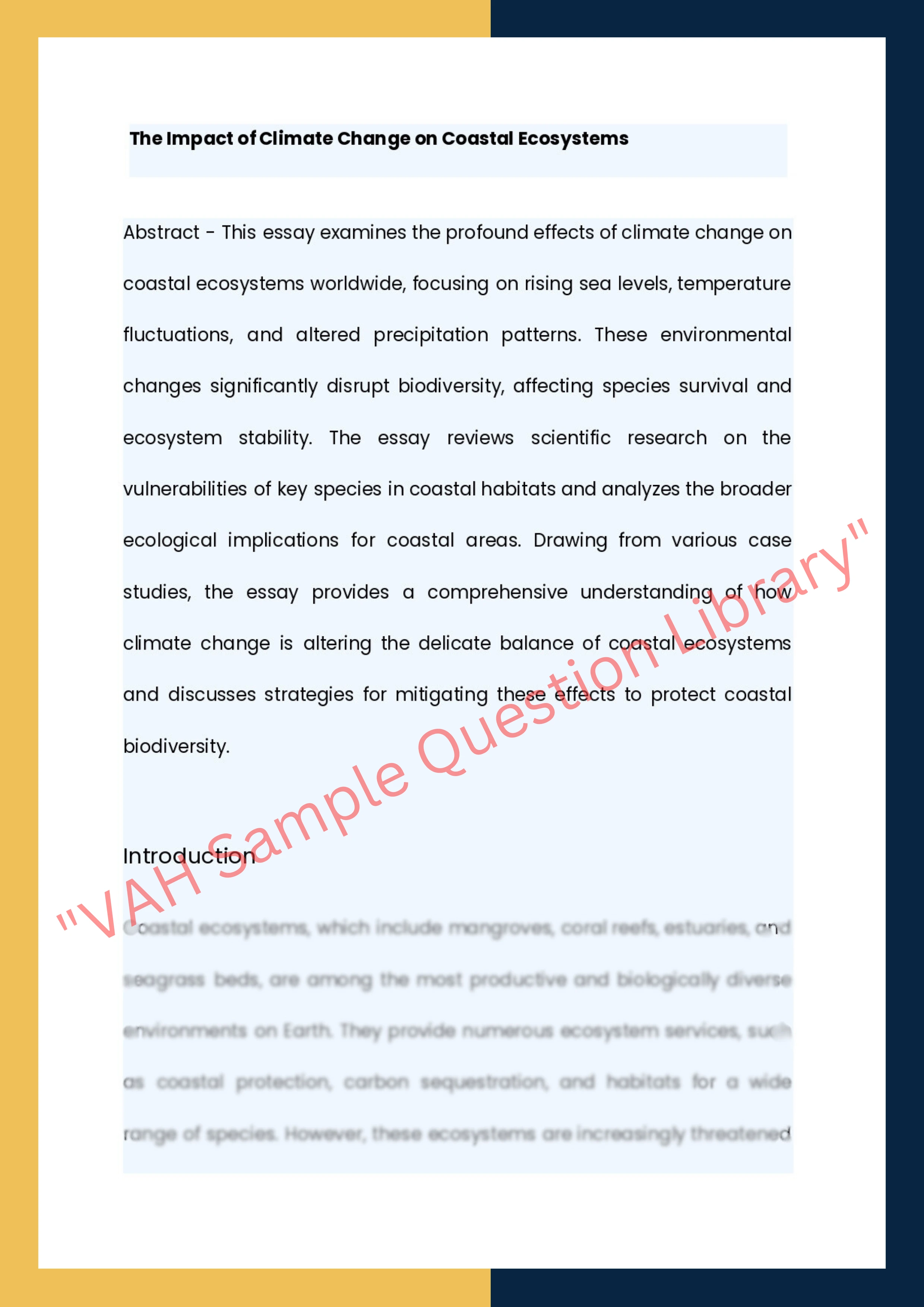

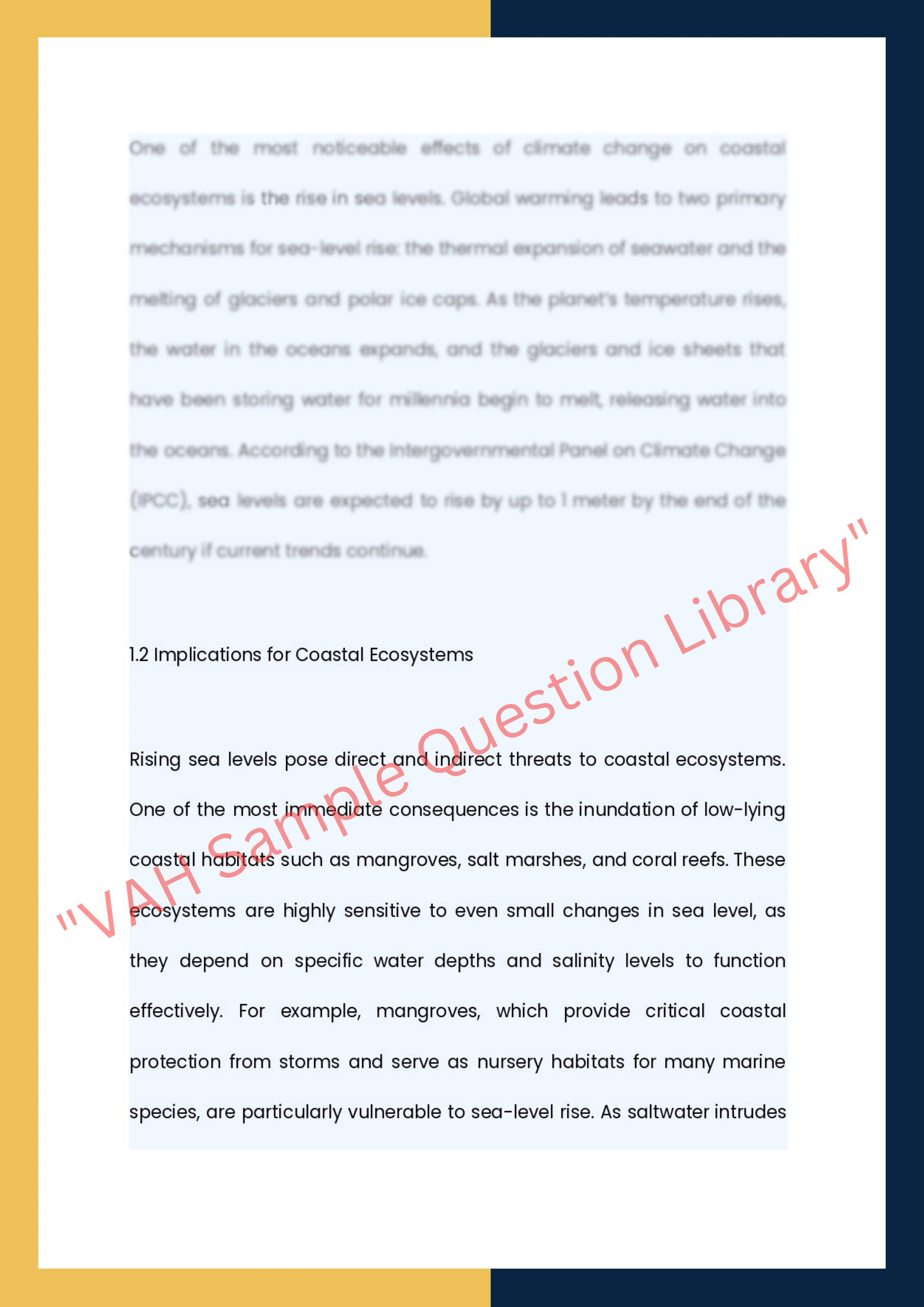
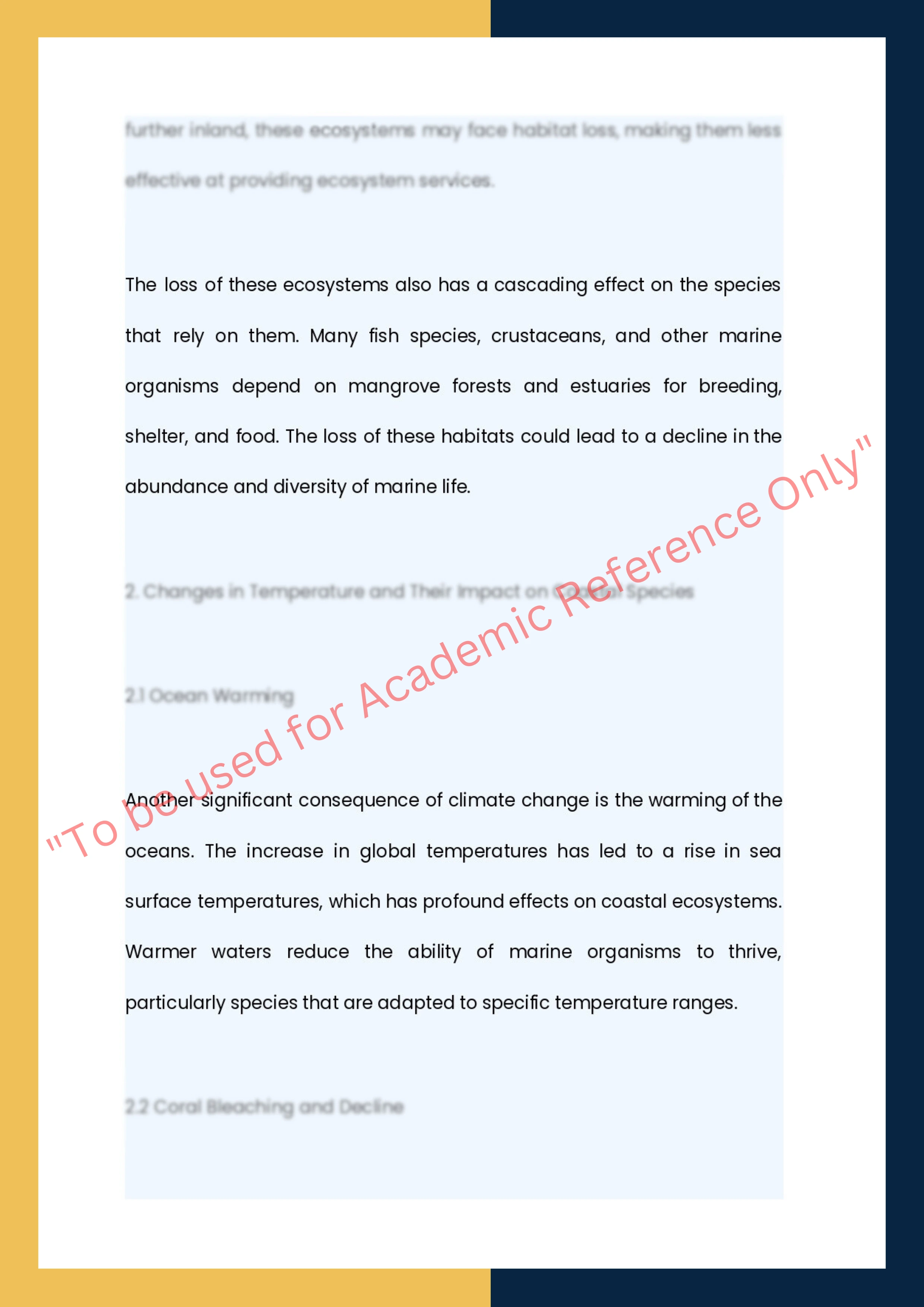
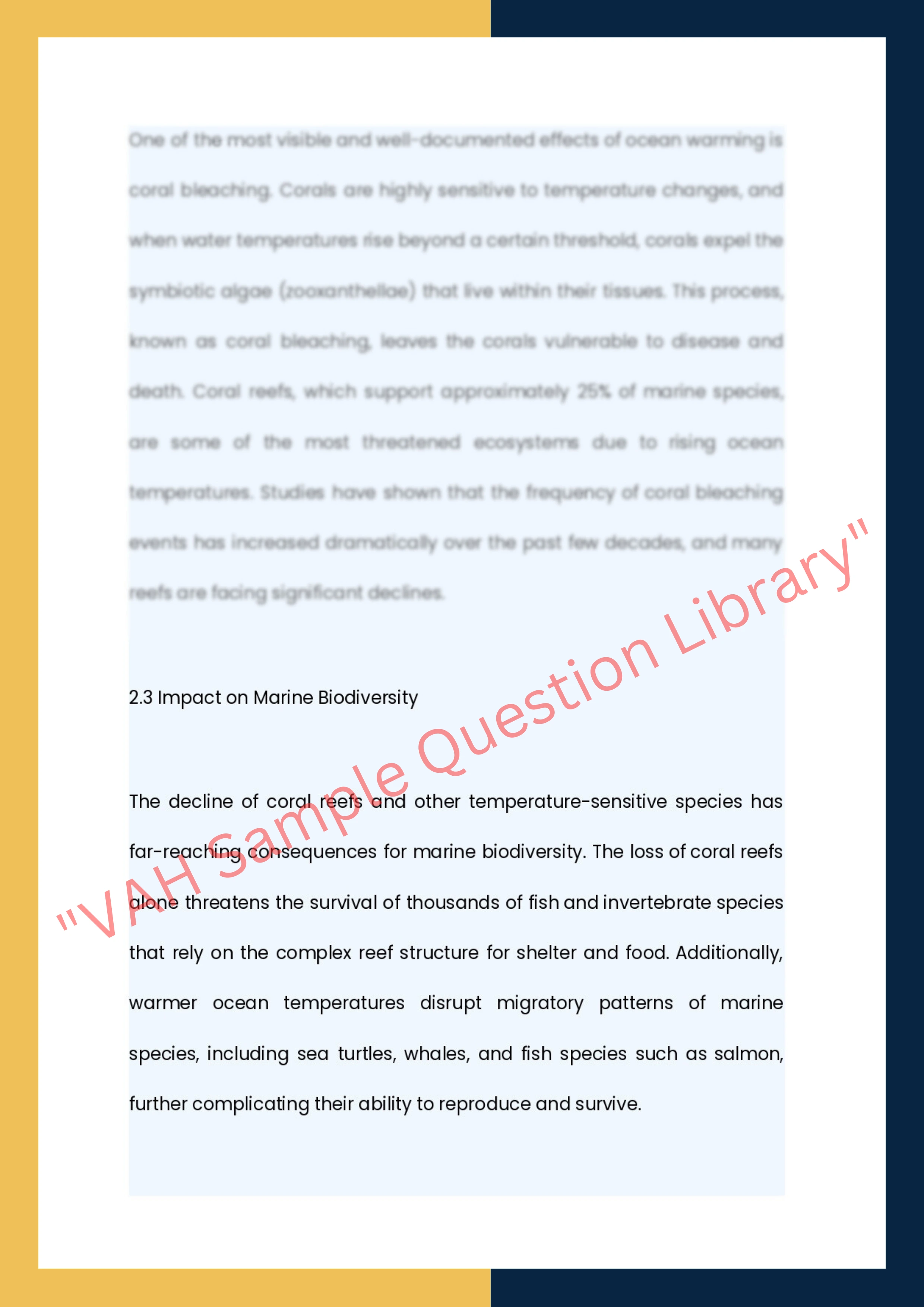
_1744019036.png)
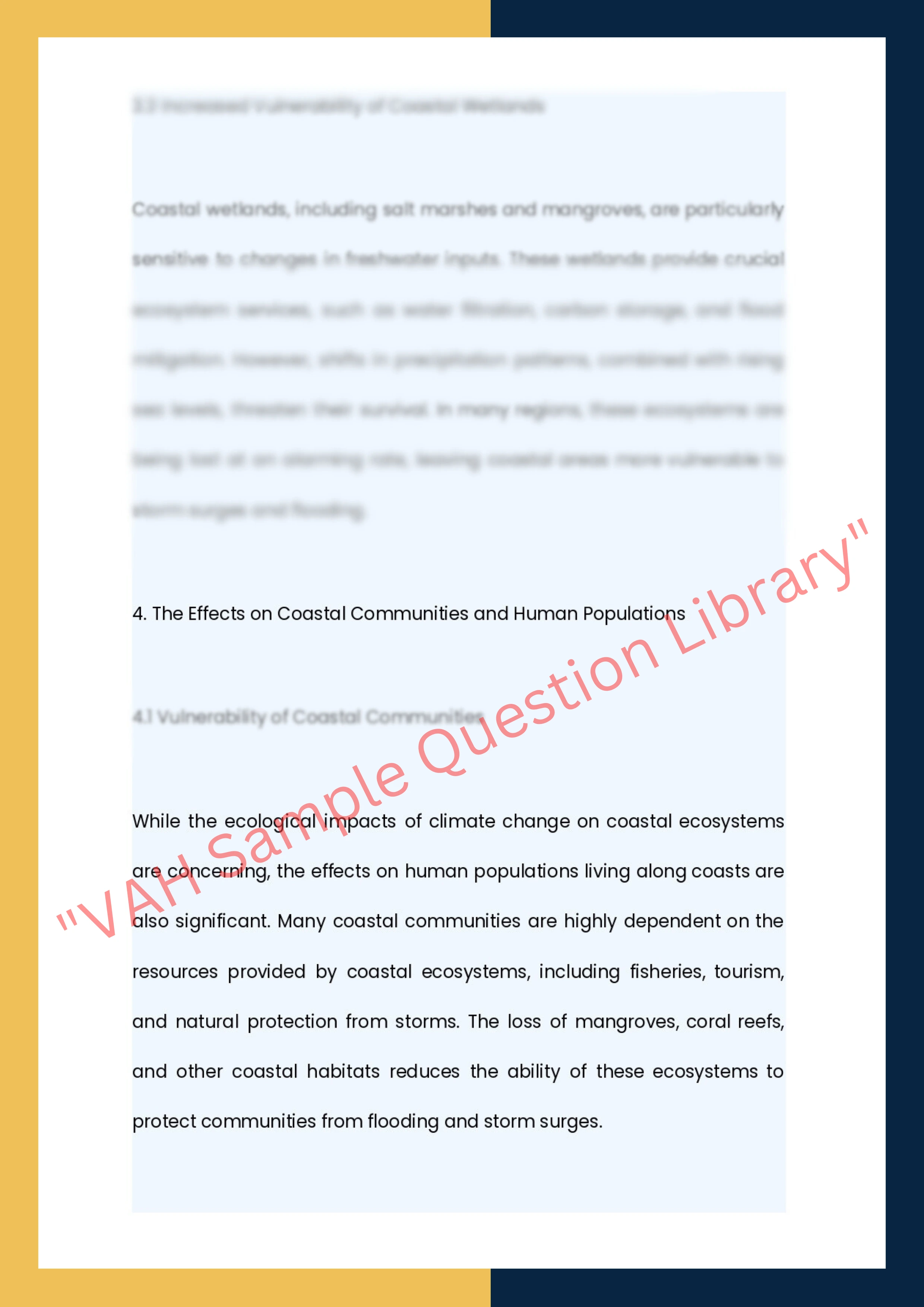
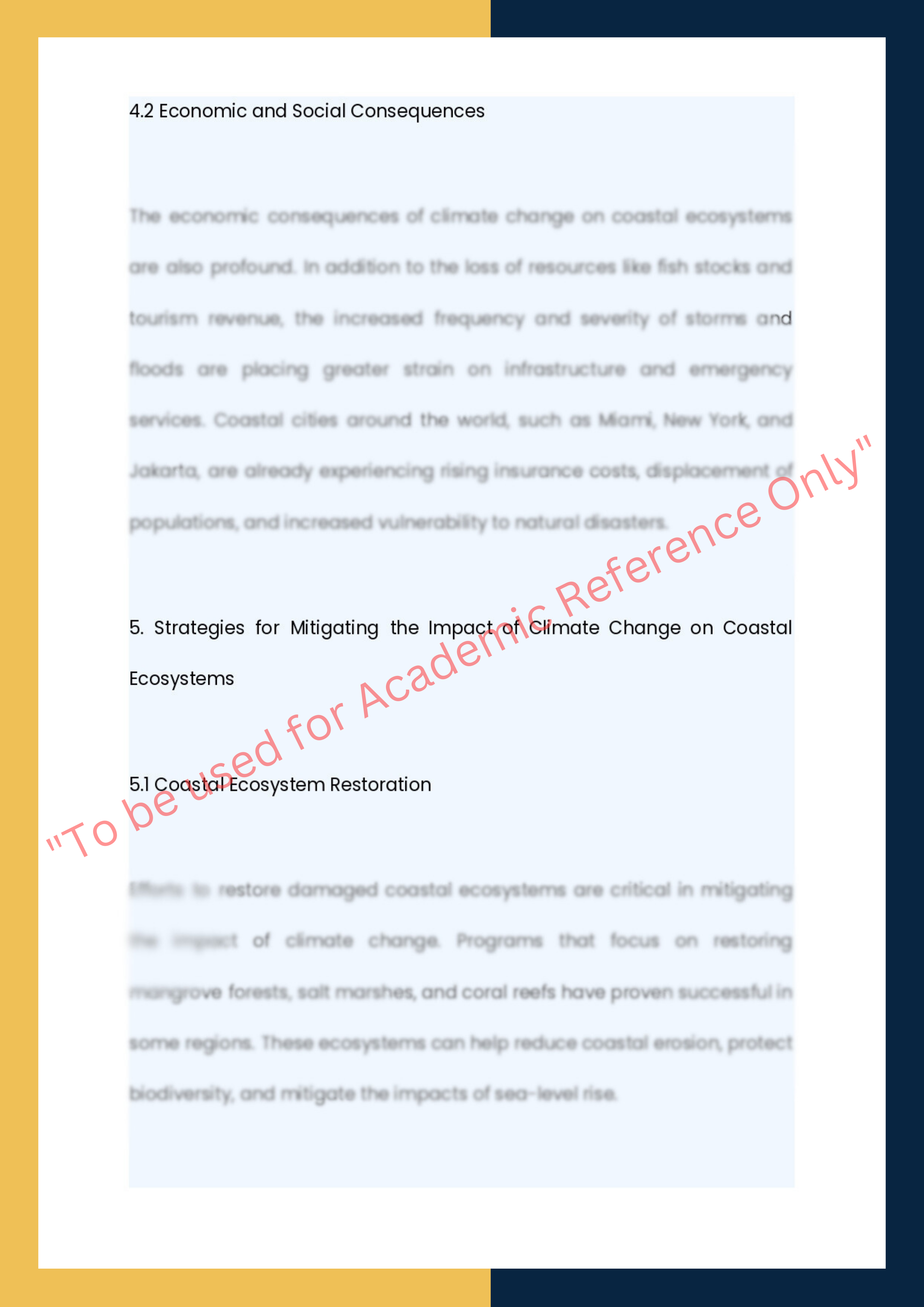
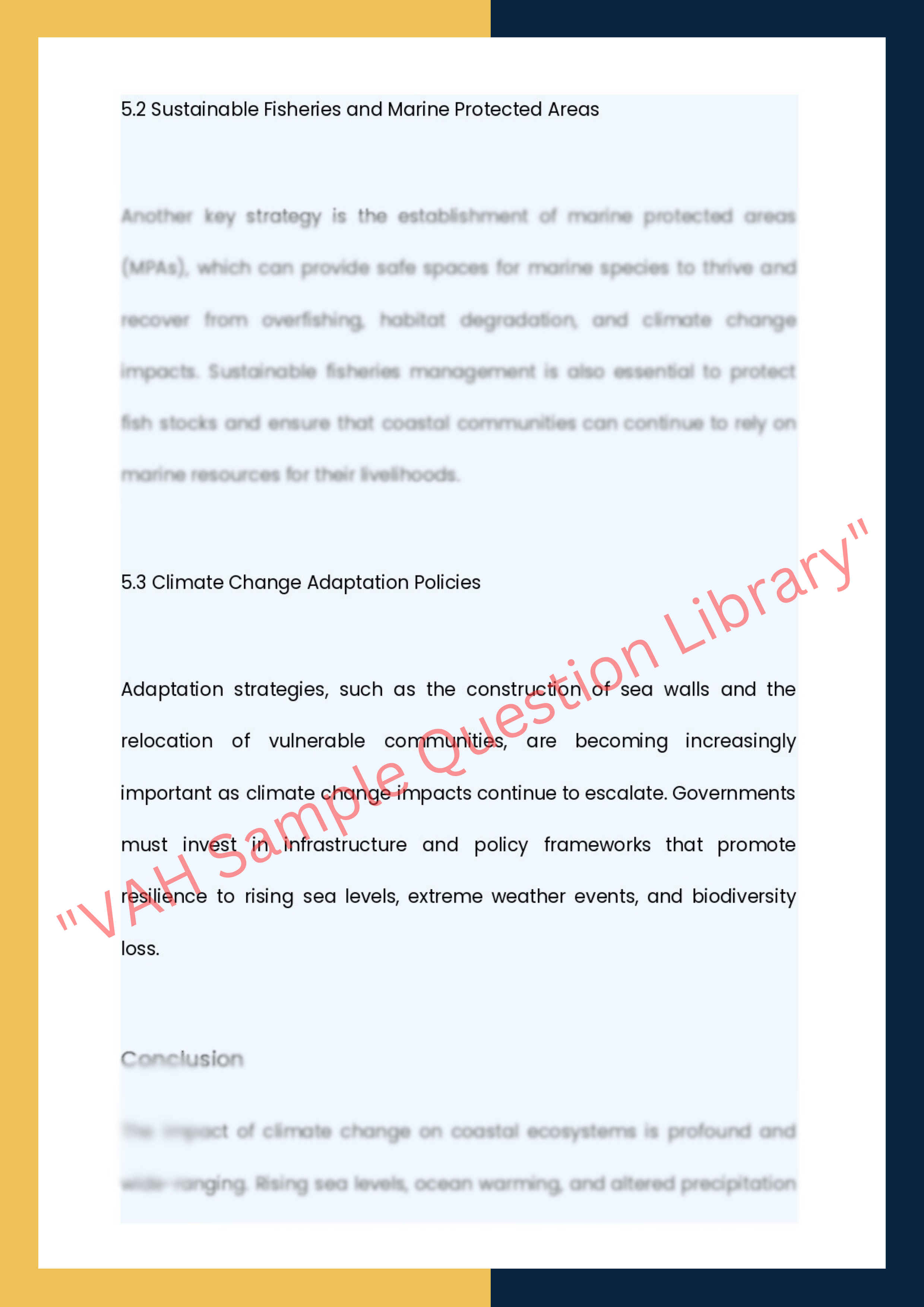
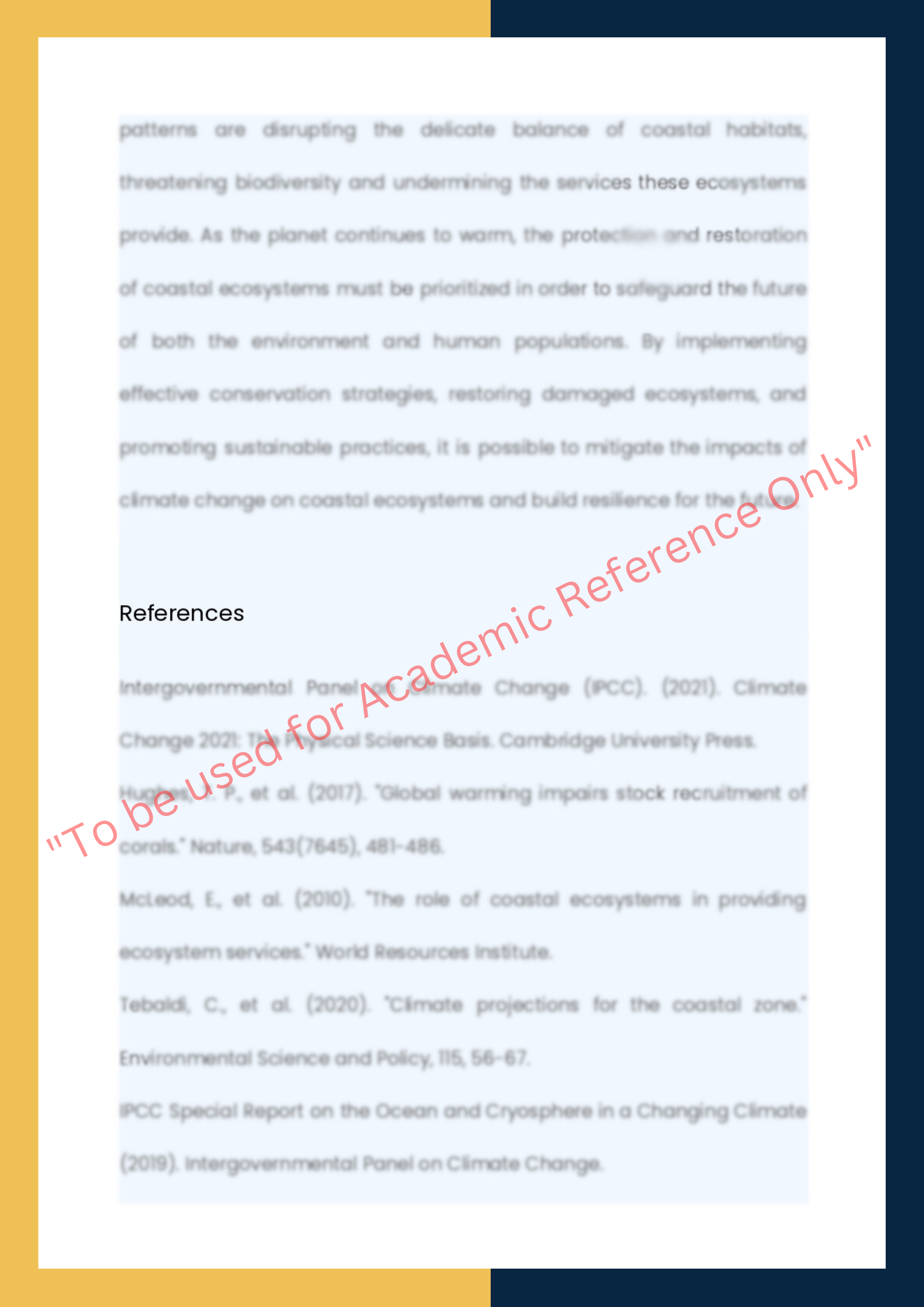







.webp)
.webp)

.webp)
